 Don Vito living the life Don Vito living the life Each year in May in my cellar under their grow lights are a couple of dozen young tomato plants, nearly ready to be planted out in my vegetable beds (within two weeks, after fear of frost is gone in my Zone 6a garden). My mind always fills with thoughts of tomatoes in this time of year... and hopes that there will be a good yield for our little famiglia... If I say, "tomato sauce" you think of Italian food, right? If I say "home grown tomatoes" you might think of Vito Corleone playing with his grandson in his garden in that final scene of his life. If I say "pizza" you picture a round crust with cheese and tomato sauce. Some Italians claim that the tomato's red color represents Il Tricolore (the tricolor flag of Italy): green for the hills of Italy, white for the snow capped mountains, and red for the blood spilled from the wars of independence. Still, those of us in la cucina Italiana would argue that the green is for pesto, the white for besciamella and the red for salsa pomodoro found in tri-color lasagna... or that the flag represents the simple but wonderful insalata caprese: green for basil, white for mozzarella, and the red for sweet, ripe tomatoes. In any case, you might say the red in Il Tricolore represent the true blood of Italy--the tomato. 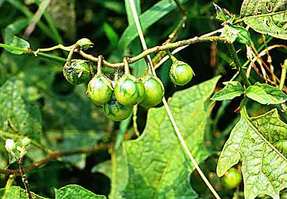 Wild tomato of Peru Wild tomato of Peru But how did the tomato become such a strong part of Italian culture? It is not indigenous to Italy, or Europe for that matter. The tomato was first "discovered" by the Spanish Conquistadors while exploring and then conquering the Americas. The tomato most likely originated in the Andes mountains of Peru and spread sometime in the distant past to most parts of South and Central America and eventually on up to Mexico. The odd thing is that the tomato became popular in Europe long before it came to be used in North America. Colonial Americans thought of the tomato as a poisonous plant, after all, it's a close cousin or Nightshade, a well know toxic vine, and in fact, the leaves and vines of the tomato plant are fairly toxic. The 1500s came with Columbus and other explorers introducing the tomato to Europe, but there was about 200 years of skepticism before the tomato gained acceptance there--again, it was thought one touch of a tomato on the lips would kill you. Growing Popularity One likely catalyst for its popularity in Europe--especially with the wealthy and elite--was the rumor of the tomato as an aphrodisiac. The general population more than likely heard about this new fruit and saw that the Barons behind the castle walls were flourishing, not falling down dead. One can imagine that the trash middens where refuse from the castles, chateaus and villas were thrown became a great source of distribution for the tomato plant--everyone knows that tomatoes are very prolific--their seeds can spring up anywhere. Little by little, the peasants discovered gnarly vines growing wild with attractive red or yellow fruits were attracting wild life. "Why not give them a try? The birds, squirrels and rabbits aren't dying, after all." Presto... a free, easily grown source of vitamins and amazing flavor. It was easy to save seeds and properly cultivate a very large harvest from even a modest number of plants. The word tomato is derived from the Aztec word xitomatl, which when it got to Europe was shortened to tomatl. The French originally called the tomato, pomme d’amour (love apple) before calling simply la tomate. Perhaps they changed the name when the aphrodisiac claims failed to have any effect. In Italy it was pomi d’oro (golden apple) which today becomes il pomodoro. Tomatoes do come in a wide variety of colors, including golden yellow, purple, near black and green. Along with tomatoes, tomatillos also came from the Americas--many of which are also yellow. In Italy, the tomato more than likely prospered because of its near-tropical climate. The tomato can be grown all year long in tropical temperatures. Tomatoes in La Cucina The first time the pomi d'oro is mentioned by name in Italy was in 1548 in Tuscany. As far back as 1692, tomatoes were used as ingredients in a cookbook from Naples, but the author obviously copied details from Spanish recipes. It makes sense the Spanish had tomatoes first, after all, they backed Columbus's explorations--even though he was an Italian. In this way, Spaniards actually led the way, "teaching" Italians to fry tomatoes up with eggplant, squash and onions, and used the dish as a condiment on bread and with meats. The cuisine of Southern Italian peasants, who often lacked meats and other proteins on a regular basis, developed into a mostly vegetarian diet in which tomatoes and olive oil, spices and vegetables were and eaten with bread, rice or polenta.  Jefferson knew a good thing when he tasted it Jefferson knew a good thing when he tasted it It took another 200 years for the tomato to become the national treasure is it today, but by the late 1700s, the peasants of Naples began to put tomatoes on top of their flat breads, creating something very close to the modern pizza. It gained popularity, especially with the elite of Europe and America taking the Grand Tour, and soon pizza attracted tourists to Naples, tempting them into the poor areas of the city to sample the new treat. Pizza was born. Soon after taking a Grand Tour himself, Thomas Jefferson, being an expert farmer and a culinary expert, brought tomato seeds back from Europe. He grew, cooked and wrote about the tomato. Slow but sure, people took notice of this special fruit. In the same time period we find the first recorded evidence of tomatoes used in sauces and preserved condiments and pastes. In the 1800s, in Naples a recipe was written about-- pasta al pomodoro, the very first mention of tomatoes being married to pasta. Pizza Margherita In 1889, after Italy became one nation, the King and Queen of Italy found it necessary to visit the former kingdom of Naples to appease the citizenry who disliked their loss of independence. Queen Margherita was bored with the same old French cuisine that they were eating everywhere they went--as was the custom in all of Europe. She called for the most famous pizza-maker in Naples, Raffaele Esposito, and commanded that he make pizza for her. He brought three types: pizza marinara with garlic, pizza Napoli with anchovies and a third with tomato sauce, mozzarella and basil leaves. She fell in love with the third one and Esposito named it after her-- Pizza Margherita. A short time later, the Queen sent her emissary with a thank-you note, which still today hangs on the wall of Pizzeria Brandi, run by his descendants. Pizza--with tomato sauce--was to become more popular than ever after the Queen's royal recommendation--the equivalent to Royal Yelp nowadays. The Immigrant Tomato If anything, emigration to the United States did more to increase the popularity of the tomato than anything else in history. Because of the climate in Italy, tomatoes became a big crop, even small farmers produced an excess of the sweet fruits. A need developed to preserve them, and to create new markets. The only foods that may be safely canned in an ordinary boiling water bath are highly acidic ones--coincidentally, tomatoes are naturally high in acid. Sun drying tomatoes and storing them in olive oil was also a proven way to preserve large stores of tomatoes, as long as no fresh herbs or garlic were added, this was a safe method with a long shelf life. During the mid-1800s the science of canning started to develop and improve, allowing this new cash crop to find its way to distant markets. By the end of the 19th century Italians were already using tomatoes in their recipes and as a condiment. When Italians emigrated to America, they wanted to have products that reminded them of home... canned tomatoes filled that need, along with olive oil and other specialty imports. Italians at home and expats in American developed import-export businesses to give relatives and other their compagni jobs based on their new found wealth in America. In Italy, exporting companies were popping up, especially in the Naples area. By the time World War I rolled around, even the Italian Army experimented with canned ravioli, spaghetti alla bolognese and Pasta e fagioli, the inclusion of acidic tomatoes in the recipes aided in the cans' shelf life. Italian grocery stores stocked these products in Little Italy neighborhoods in New York, Philadelphia, Chicago, Boston and New Orleans. So, with the advent of this international distribution of peeled tomatoes (pelati), the ancient fruit finally came back to the Americas... not via its neighbor, Mexico, but the long way around, through Italy and Europe.
When growing tomatoes at home, you have to know if your variety is "determinate" or "indeterminate". The first grows and produces tomatoes only to a set height and then stops producing. The latter keeps on growing and producing fruit as long as the season is warm and long enough. Determinate varieties will be short, while indeterminate plants can grow to be 8 feet or more tall, so build appropriate supports--short tomato cages won't do. You will also select either heirloom or hybridized seeds. Only heirloom seeds can be saved... when planted each year, they will produce the same variety each successive season. I save seeds from the biggest and best tasting of my heirloom varieties, and each new season I welcome their descendants as old friends. 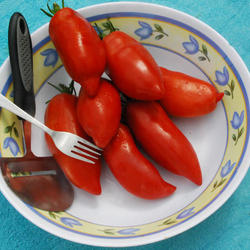 I grow Jersey Devil, a much sweeter, less acidic paste tomato I grow Jersey Devil, a much sweeter, less acidic paste tomato The best known tomato for canning became a plum shaped variety grown in the San Marzano region, near Naples on the fertile slopes of Mount Vesuvius. It's no small coincidence that this is in Southern Italy, where 80% of Italian immigrants came from. San Marzano became the go-to tomato for canning over 120 years ago, and is still the primary tomato used in canned tomatoes--and even for the production of sun dried tomatoes. The San Marzano tomato even has DOP protected status by the European Union (look for their seal on a can to make sure they are the real deal). The first Italian cannery was built in 1875 by Francesco Cirio, an early supporter of the San Marzano tomato. His company picked, peeled, packed and shipped canned tomatoes all throughout Italy--and later to America. The reason for it's success is not because it's the best tasting tomato... it's simply because it was developed and hybridized from three other varieties which made it withstand mechanical harvesting techniques put in place in the late 1800s to satisfy the needs of the growing canning industry. Sort of takes the romance out of thinking the San Marzano is "the best" Italian tomato, doesn't it? No great loss. Truth be told, the San Marzano is so acidic that all great Italian chefs know it needs a handful of sugar to offset the overly high acidic content. Lucas and I had an "artisanal pizza" once in a town near us where the pizza chef swore he used nothing but "the best San Marzano" imported tomatoes as his sauce. I could tell. By the end of the meal our lips were burning. For some really sweet tomatoes, think Heirloom... Growing Your Own Heirloom Tomatoes It's fairly easy to grow tomatoes from seed, but a simpler way to get started growing the amazing variety of tastes is to buy heirloom plants in the spring at your local nurseries. Stay away from anything labeled "hybrid". You cannot save seeds from a hybrid tomato--it won't look anything like the mother fruit you took the seed from. Many garden centers nowadays offer Heirloom varieties that you can plant and get a head start on, with the benefit of saving seeds from your biggest and best tasting fruits so you can continue to grow them again year after year. Growing heirloom tomatoes can become part of your family heritage. If you purchase young heirloom plants, buy and plant them just after the danger of frost in your location. Here's a LINK to help you find out the best time for planting based on your zip code in the U.S.. Now, how to plant... First, make sure you are planting in ground that is tilled nice and fluffy. Make sure you have amended it with some nice organics... I like a mix of peat moss (to hold moisture) and compost from my own compost pile. You can buy compost to use. Stay away from fresh manures... they will burn the plants. You can use any number of organic or non-organic plant foods that have chemicals balanced for growing vegetables that grow fruits. As for planting, here's a great tip. Tomatoes will grow roots all along their stems if you let them. With young seedlings, pull off the lower leaves and plant deeply. If I have 12" tall plants, I'll plant them with about 2/3 under ground. This gives them a better start--allowing more roots to grow which will supply more nutrients to your plants--and fruits. I grow my tomatoes upwards onto "quad-pods"--sort of like a four legged tripod. You can make them out of wood or bamboo. As the plants grow, trip off side suckers that grow in the crotch of some leaf joints and tie off the plants to your supports. I plant one tomato plant per corner of my quad-pods. With heirlooms, you can try yellow, purple, black, pink, red or even striped varieties. My best all around tasting tomato is called Eva Purple ball--a 3" pink, perfect, pest free tomato. My best beefsteak for taste is Giant Belgium. And I love growing Olivette Juane (a prolific yellow pear shape) and Jersey Devil (a horned, chili pepper shaped sauce tomato). Harvest in the mornings for best flavor. As your fruits come close to ripeness, hold back a bit on watering so you don't dilute the flavors. Seed-Saving With heirlooms, label them carefully if you plan to save seeds. Save seeds from your biggest, most blemish free fruits... their genetics will ensure you get a good strain of seeds for next year. Put the seeds in a plastic cup with water and label the cup as to variety, weight of fruit and any other notes about how they performed in your garden (robust plants, bountiful harvest, pest resistant, blight resistant, etc). Place a damp paper towel scrap over the top of the cup and set aside for 1 week. The seeds will ferment and all the smile will be removed from the seeds. After a week or so, rise the seeds carefully, replacing with clean water as you go, until there are only clean seeds in the cup. Remove the seeds from the water and place into labeled coffee filters and set somewhere to dry. Package in paper coin envelopes with their names and notes. You can start your seeds next season about 6-8 weeks before your last frost, indoors, under artificial lights in seed starting trays and pots. I tend to use two sizes during seed starting... a small seed "pack" size pot made out of peat or compressed paper products... and then I transplant deeper into 4" plastic pots. I set them outside in a protected area to "harden off" to temperature and wind before planting them in my garden beds. 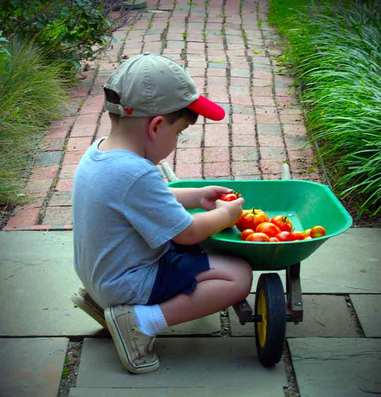 Lucas at 5 years old with his morning harvest Lucas at 5 years old with his morning harvest I hope this gives you a better insight on the long, special voyage the Tomato has made... from the Andes mountains, across the sea to Spain, Italy and the rest of Europe, then back to the United States with the influx of Italian Immigrants. The tomato is alive and well all over the world, but especially in Italy. They've adopted this little nightshade fruit and made it their own... --Jerry Finzi Resources: Annies Heirloom Seeds Heirloomseeds.com Seedsavers Exchange Growing Heirloom Tomatoes in Pots Old House Journal Article: How to Grow Heirloom Tomatoes Please, stop by our SURVEY and spend 60 seconds telling us how we could make our blog better! Grazie! You can also follow Grand Voyage Italy on: Google+ StumbleUpon Tumblr Copyright, Jerry Finzi, Grand Voyage Italy, All rights reserved
0 Comments
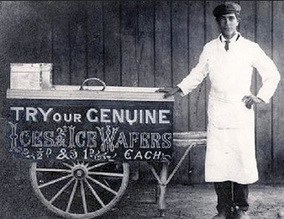 Congelato is the Italian word for frozen. Freddo means cold (sort of the way Don Michael Corleone felt toward his brother, Fredo). Freddo is the way Italians feel all the time, even in when it's warm out. It's a puzzle and a wonder that they have embraced something so cold and frozen as gelato. If you travel to Italy in summer--you--as an American, are going to want to do anything you can to keep cool. Not that Italians want this. They are always cold anyway. Italian air conditioning isn't really cold by American standards, either. Let's just say most Americans will get pretty heated on this subject. Even in the winter, temperatures can be mild to warm for American travelers, while Italians get out their scarves and puffy jackets in early September. But wait... I think I get it! Perhaps they are always wearing puffy jackets and scarves simply because they eat SO MUCH gelato each and every day, sometimes more than once a day. And, unlike in the States, where ice cream shops close down during winter, in Italy, the gelaterie are open all year long! Perhaos this lowers the core body temperature of Italians! Ah-HA! I think I've discovered something here. Maybe that's the difference--we can take the cold weather more, simply because we don't eat as much ice cream in the cold months as Italians do. Perhaps the reason gelateria suddenly offer cioccolato caldo in winter is so Italians can bring their core body temperature back up toward normal after having a winter gelato treat! (By the way... cioccolato caldo is amazing in Italy... made from real melted chocolate). So, what frozen treats await the traveler in Italy? I'll get into the types of frozen treats Italy has to offer, but first a little... History of Ice Cream 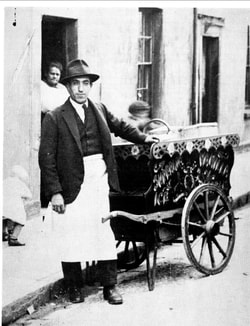 Italian Ice Cream Vendor in Wales. Italian Ice Cream Vendor in Wales. Believe it or not, Americans have been eating ice cream since the 1740s, and flavored icy treats were in many cultures dating back over a thousand years. Many of the Italian immigrants arriving at Ellis Island were already well aware of the pleasures of ice cream... or gelato, as they called it. Perhaps knowing this, officials at Ellis Island started serving immigrants ice cream because they thought it was "an efficient method for making our future citizens more at home in their new environment.” Of course, to Italians, the cold treat was nothing new. Iced desserts actually date back over a thousand years (even in ancient Rome) and they are common in many cultures. The history of gelato dates back to frozen desserts in Sicily, ancient Rome and Egypt (part of the Roman Empire in 30 BC) made from snow and ice brought down from the volcanoes Etna and Vesuvius, and covered with honey or fruit juices. Some stories claim that Nero, the Roman Emperor, invented a type of sorbet in the first century AD by having runners along the Appian Way pass buckets of snow--relay race style--from the mountains to his palace, where it was flavored with honey and wine. During the Italian Renaissance, the great history of modern Italian gelato really began to take off. The Florentine Medici family held a contest for the best frozen dessert. A peasant named Ruggeri, a chicken farmer and amateur chef, took part in the competition, creating a dessert of fruit juice and ice--similar to sorbet. Ruggieri won the competition which immediately brought him fortune and fame after Caterina de Medici took him with her to France. Caterina was using him to shame the over-inflated egos of the French chefs serving the French court and prove that Florentines made the best desserts. In fact, Ruggieri, made his creation for Caterina on her wedding day when she married the future King Henry II of France. Later in the 1500s, the Medici commissioned artist and architect Bernardo Buontalenti to create a culinary event for the King of Spain. Buontalenti came up with a creamy frozen dessert that we now call gelato. Because of this, many consider Buontalenti as the inventor of the gelato we enjoy today. (Another great Italian innovator!) In 1686 the Sicilian fisherman Francesco Procopio dei Coltelli perfected the world's first first ice cream making machine--and no, it didn't plug in. (Italians invented a lot!) Coltelli's fame made him a rich man and he soon opened an incredibly successful cafe in Paris where his creamy gelato gained a wide-spread reputation. However, it wasn't until the 1920s and 1930s, when the first gelato cart was developed in the northern Italian city of Varese (take that, Good Humor), that gelato started to become popular with more and more people in Italy itself. In 1770, just before the American Revolution, Giovanni Basiolo brought gelato to New York. He brought two kinds of of gelato-- one made by blending milk with coffee, chocolate, or pistachio, and another made with water and fruits. In 1846, the hand cranked ice cream machine was perfected and made the velvety and creamy dessert simple, yet fatiguing to produce. Types of Frozen Delights 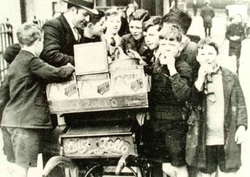 During the 1900s, the advance of technology helped ice cream become even more widespread--and in all seasons of the year. The introduction of ice houses, faster shipping, and horse-drawn ice cutters led to a drop in the price of ice. This led to a huge market for ice production and distribution. In America, the ice storage houses shut down and people no longer harvested ice from frozen ponds in the winter months. Many people could finally afford iced treats during the hot summer months and by the 1840s, ice cream was being sold on the streets of both Europe and America. Italians immigrants are credited with creation of ice cream and they became strongly associated with the production and selling of ice cream in both Europe and America. In England, where Italians emigrated in large numbers after 1860, the selling of ice cream was seen as a predominantly Italian occupation, with immigrants from Rome and Naples owning most of the ice cream carts. In fact, the Italians were responsible in exporting ice cream vendors in many European counties and to America. So, Italians not only brought us pizza and pasta, but ice cream as well! 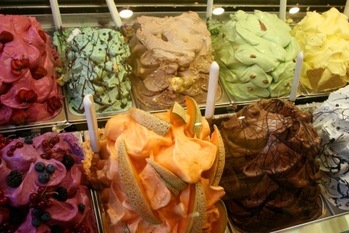 Semifreddo Semifreddo translates as semi-cold. You will find this light and mousse-like ice cream in the gelateria also. Even though it's lighter and softer it's actually colder. Although fine in a cup, if you order semifreddo in a cone it will melt a lot faster than gelato. You'll know it's semifreddo because it is usually mounded very high in the tub... much more so than gelato. 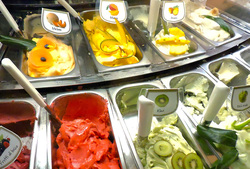 Gelato This is what everyone thinks of when they think of Italian ice cream. Gelato (plural, gelati) is the Italian word for ice cream, coming from the Latin word for frozen, gelatus. Gelato can be made with milk, cream, various sugars, and flavoring such as fresh fruit and nut purees. It is often made with skim milk and is generally lower in calories, fat and sugar than American style ice cream. Typically, gelato—like any other ice cream—needs a stabilizing base. Egg yolks are used in yellow custard-based gelato flavors, including zabaione (also, zabaglione) and crema al caramello (creme caramel). Over 55% of the gelato made in Italy is hand-mixed. There is an enormous variety of flavors. You will often find a gelato shop open during lunchtime, when other shops and even restaurants are closed. So, if you're hungry and need fuel, your choices are going to a bar (more like a breakfast/lunch bar) where many also have gelato, or go to a gelateria! The same goes for the end of the day. Most restaurants don't open until 7:30 - 8:00 pm at night, so feel free to let the kids have a gelato to hold them over at around 5 o'clock. The servings are usually smaller than Americans are used to and your kids won't get too filled up before dinner. You can order gelato in a small cone or in a cup... but there's a bit more to know. First, you tell the cassiere (cashier) what you want (how many cones or cups, how many flavors) then you pay for it. The cassiere will give you a receipt. Then you take your receipt over to the person scooping the gelato (they are usually, but not always, two different people). Now you can ask for either a cup (coppa, coppe for plural) or cone (cono, coni for plural). You can also tell them "piccolo" for small "grande" for large. For mixing flavors try, "mezzo _____ e mezzo ____" for "half chocolate and half vanilla" or whatever flavors you want to try. It's normal to ask for two flavors in a single cup. So, it might go like this... "Una piccolo cuppa... mezzo cioccolato, mezzo coco.... e due coni con crema". (One small cup, half chocolate, half coconut... and two cones with custard cream). I'll go over some flavor names: Chocolates
Miscellaneous
 Granita Granita (or granita Siciliana) is a semi-frozen dessert made from sugar, water and various flavorings. Originally from Sicily, it is available all over Italy in somewhat different forms. It is related to sorbet and Italian ice; however, in most of Sicily, it has a coarser, more crystalline texture. The texture can vary from town to town, even across the island of Sicily. This is largely the result of different freezing techniques: the smoother types are produced in a gelato machine, while the coarser varieties are frozen with only occasional agitation, then scraped or shaved to produce separated crystals. Although its texture varies from coarse to smooth, it is always different from the one of an ice cream which is creamier, and from the one of a sorbet, which is more compact; this makes granita distinct and unique. 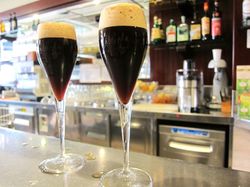 Shakerato It makes sense that the Italians would invent a most exquisite coffee drink for the summer. It's a shaken-over-ice, slightly sweetened espresso called shakerato, served in a stemmed glass, prepared in bars all over the county. The shaking process yields a thick crema that floats on the espresso. In Italy, ice is viewed with suspicion, and you'd never be served a tall glass of coffee over lots of ice, the way iced coffee is in the U.S. Italians think that would cause a serious stomach ache. Make your own:
Shake the hot espresso, ice, and sugar syrup energetically until ice is almost completely melted--you'll know by the sound of the cubes. Strain into a stemmed glass. Don't try to make more than two or three at a time.  Biscuit Tortoni Biscuit Tortoni is an ice cream made with eggs and egg whites, along with heavy cream, often containing chopped cherries or topped with minced almonds or crumbled macaroons. It is believed to be named after an Italian café owner in Paris in the 18th century. I remember this cold treat from my childhood--every really good Italian restaurant offered either spumoni or tortoni for dessert, and tortoni was my personal favorite. The almond flavor in tortoni is the star. 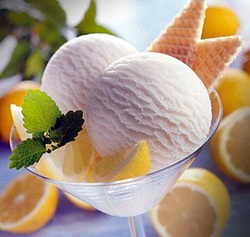 Sorbetto Sorbetto (sorbet in English) is a frozen dessert made from a simple syrup for sweetening, water and flavored with fruit juice, fruit purée, fruit nectar, wine, or liqueur. Unlike gelato or ice cream, it never contains milk or cream. Although considered a low fat alternative to gelato, the additional sweetness can itself add calories. Some think that sorbetto is exactly like sherbet as Americans know it. It isn't... sherbet contains dairy products. 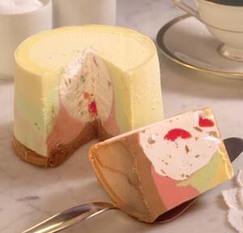 Spumone Spumoni is an Italian dessert made of layers of gelato, whipped cream, candied fruit, and nuts. In America it's spelled spumoni. It contains different layers of flavors and ingredients. In traditional style, it is made in three layers: chocolate, pistachio, and cherry. The chocolate layer would contain bits of chocolate shavings or crushed hazelnuts. The pistachio layer always includes crushed pistachios. The cherry layer has candied cherries in it. It is also made with other fruit layers. 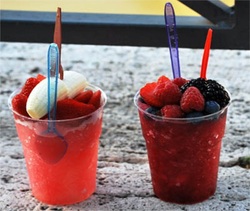 Grattachecca Grattachecca literally translates as scratchy. It is a frozen street treat popular in Rome. It's not ice cream.... it's ice--shaved ice. The vendor stands in front of a large block of ice and scrapes the block with a metal shaving tool. Once the shaved ice is in the plastic cup, a flavored syrup and fruit are added. Flavor choices are usually black cherry, tamarind, mint, barley water, coconut or lemon. In the early 1900s, large blocks of ice called checca were used to cool food and drink. An innovative vendor came up with the idea to grate, or grattare, the ice and make a drink. This is where the name grattachecca came from. 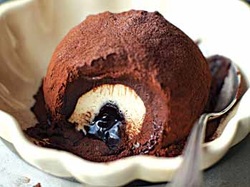 Tartufo Tartufo translates as "truffle" and is hand sculpted to look like a very large one. It is made with two flavors of ice cream and typically has either fruit syrup or frozen fruit—typically raspberry, strawberry or cherry--in the middle. This frozen dessert originates from Pizzo, Calabria. Chocolate is melted poured over the ice cream ball after being cooled. The outer coating may also be cinnamon or cocoa--giving a more realistic truffle look--with the bomba shape rolled in cinnamon or cocoa before freezing. There are usually chopped or crushed nuts on top. 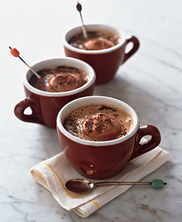 Affogato If you're an espresso lover, try an affogato (Italian, drowned). Basically, it's a scoop of vanilla gelato drowned with a shot of hot espresso. Some variations also include a shot of amaretto or other liqueur. 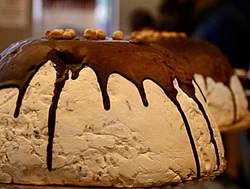 Zuccotto Zuccotto is an Italian dessert with origins in Florence. Zuccotto is a semi-frozen, chilled dessert made with semifreddo, brandy, and spongecake and often flavored with espresso--essentially, it's an ice cream bombe. The word Zuccotto is a joining of two words.... zucca (pumpkin) and cotto (cooked). Some think it's a corruption of zucetto (skullcap), which happens to the the shape of this cold treat. It can be frozen, then thawed before serving. This dessert is traditionally made in a special pumpkin-shaped mold. In the end, there are always alimentari, bar-tabacchi and gelato trucks that will have basic flavors of gelati and an offering of Cornetto cones and other ice cream pops in their freezer display case. There are more than enough ways to cool down when you visit la Bella Italia. But just remember, if you get brain freeze and get too chilly, there's always a puffy jacket with your name on it.... That's when you really know that you've become a local. --Jerry Finzi If you enjoyed this article, please SHARE it and LIKE it on your favorite social media site. Ciao! We also have pages on: Google+ Copyright, 2015-2019, Jerry Finzi/GrandVoyageItaly.com - All rights reserved Yet Another Update 4/17/18: According to press release dated March 7, 2018, Starbucks is supposedly interviewing candidates for positions to fulfill their push into the Italian coffee market--in Milan. This makes it over two years since they first announced their intention to bring their Trenta-sized coffee concept to la Bel Paese, home of espresso. Read more HERE: Update 2/21/17: It seems every year about this time, Starbucks puts out press releases saying they are opening Starbucks stores all over Italy. last year (read below) they said they were going to open their very first Starbucks in Italy. That never happened. I don't think there's much support for Starbucks in Italy. Having their espresso Italian style every morning at home with their Moka pots or at their neighborhood breakfast bar on the way to work is simply too ingrained in the Italian culture for things to change now. Starbucks announced last Thursday that it plans to open 200 to 300 stores in Italy starting next year. Really? Where's that first shop they promised last year? Now they claim that in June of next year--2018--they will will open four shops in Rome and Milan. "If the first phase of expansion goes well" (what happened to last year's "first phase"?), they are promising 300 stores opening in Italy before 2023. Basta! Enough promises. Besides, that's way too long for Italians to sit and wait for them. It's much faster to fire up the moka pot... --Jerry Finzi From 3/1/2016: Starbucks announced today that they will be opening their very first coffee house in Milan in the first part of 2017. What? In 2017, they say? Well, it makes sense that their plans will take that long, especially when you consider how Starbucks' offerings in huge take out coffee cups have little to do with the way the average Italian indulges in their espresso. It might take the company a full year (or more) to test market, focus group, finesse, and then fine tune a new batch of caffeine alternatives to the ultimate coffee drinkers on Planet Earth--the Italians. I predict the offerings will look nothing like what American Starbucks offer here in the States. In the early 1980s, Starbucks' CEO Howard Schultz visited Italy and supposedly was inspired to bring what he called the "romance and theater" of Italian coffee bars and baristas to the U.S. market. I'm wondering where in the Italian Boot did he visit that caused him to create such an over-blown, over-priced and over-sized coffee product that has little to do with the culture of coffee consumption and tradition in Italy. 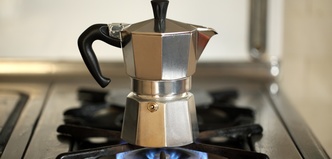 Home brewing Home brewing In most coffee shops (called bars in Italy) there is little "romance" and the only "theater" is standing at the bar (either that, or get charged extra for a table), chomping down a cornetto and slurping down your espresso after which the mega-dose of caffeine propels you on your way toward the morning's labor. Perhaps he mistook a simple fact for "theater": the barista knows the locals because bars are local, neighborhood places in Italy... every neighborhood has them, each one with a small family of baristi and neighbors. Sure, some of the fancy coffee bars in tourist centers might be pretty plush, but most are plain and proactical. This is hard to duplicate on a fast-food chain store model. And I'm not sure that the Italians will put up with paying four to six times the price to what they currently pay for an espresso. Every morning, the average Italian either makes their own small cup of intense espresso with their little art deco Moka coffee pot on their home gas range, or they stand for a couple of minutes in their neighborhood "bar" at an actual bar counter (bars serve coffee in Italy) and down a little cup (usually half full) of dense, hot espresso--usually with some sugar added. This is part of their colazione (breakfast) which nationwide consists of an espresso or cappuccino and a sweet pastry, such as a cornetto (the Italian, less flaky version of a croissant). There must be a good reason that after 33 years of Starbucks' great success and with about 21,000 stores in 70 countries (with 38 in Europe), the brand has never opened a store in Italy, the supposed home of its inspiration. Is it because the look and feel of both the Starbucks experience and its offerings have nothing to do with coffee bars in Italy? It depends on what the meaning of their "success" is too... as it seems that every couple of years Starbucks seems to announce mass closings of its stores, anywhere from hundreds to thousands. Have they become over-saturated? Italy is going to suck up a lot of marketing funds to convince the average Italian to gulp instead of slurp. Is success really guaranteed in Italy... a country with 22 different regions each with their own regulations and laws and customs? Is it guaranteed in a country where people think it's a Cardinal Sin to add milk to coffee at any other time than early in the morning? Is success guaranteed where eating and drinking while walking on the street or in your car is socially unacceptable and considered disgustoso? Will it be a success where family run, small shops in local towns and villages with loyal customers are the mainstay of the Italian economy? Starbucks claims that it will enter the birthplace of espresso "with humility and respect". Doesn't that sound like a scene from The Godfather? Are they going to have to bow and kiss a few knuckles, too? Are they going to make Italians an offer they can't refuse? Starbucks needed a partner to accomplish their plan in Italy, so they selected Italian real estate/mall developer, Gruppo Percassi. The company, based in Bergamo, will license and run the Starbucks brand in Italy. Even signore Percassi himself admitted: "We know that we are going to face a unique challenge with the opening of the first Starbucks store in Italy, the country of coffee, and we are confident that Italian people are ready to live the Starbucks experience, as already occurs in many other markets." There are some hard facts that will prevent Italians from easily accepting the Starbucks brand. While the espresso machine was invented in Italy, it turns out that Italy doesn't drink anywhere near the amount of coffee as other countries, especially when compared to the United States--we drink about four times as much coffee per person as Italians! Italy ranks as only the seventh largest consumer of coffee in Europe. The reasons for this are simple. Their espresso cups are small, and usually not filled completely. Unlike in other countries where one might have large cups of coffee each day, the Italians drink small amounts. I had an assistant once who drank 6-8 cups each day and even my wife, Lisa likes her coffee in over-sized mugs rather than small cups, I've never seen an Italian drinking coffee from a mug or a paper cup. They don't do take-out coffee, either. The Italian cultural attitude toward coffee consumption is also very different. Perhaps they will have a cappuccino (with milk) in the morning with a sweet pastry, then a quick espresso shot during a late morning break at the bar down the street from their office, and perhaps another espresso on the way home or after dinner. Workplaces don't have coffee machines and stations as they do here in the U.S., and most homes have at least one Moka pot... never a Mr. Coffee machine. Unlike in American homes where there might be a large pot of coffee (already brewed) in a coffee machine waiting to be consumed all during the day, an Italian likes their espresso made fresh... they drink it and they're done. Unlike the scene at a Starbucks, Italians might not take to lounging around in armchairs sipping huge take-out cups of overly sweet and pumpkin-spiced cappuccinos while surfing the Internet. They are used to getting their caffeine fix on-the-go with a quick stop at a neighborhood coffee bar. The types of coffee served at Starbucks are a caricature of what you find in Italy, some of which are completely made up. In Italy, when you ask for "un caffe" you receive an espresso. Coffee IS espresso to Italians. And if you ask for a "latte" in Italy, you get a glass of milk--yes, only milk. Latte means milk. And a Frappuccino is a trademarked name, invented by Starbucks by shoving together "cappuccino" and "frappe" together... a sweet espresso with milk married to basically a milkshake. And then there's the amount of sugar in Starbucks offerings. A Grande Vanilla Frappuccino contains more sugar than six servings of Kellog's Fruitloops! After all, there is a reason Italians stay so thin. If Starbucks opens in Italy, they will also have to be careful about how they roast their beans. Italians roast beans only until they are brown--not black, like American baristas tend to do. In fact, Italians tastes--literally, the way they sense flavors--are different than the American palette. Americans seem to tolerate overly roasted coffee with a much more bitter flavor than Italians prefer. They also don't go for overly sweet things. You can also consider the fact that Italians don't really drink iced coffee. Their cold coffee is a completely different thing. In fact, a tall glass of iced coffee would strike fear into most Italians... all that ice could cause congestione, a digestive block, and might even threaten one's life! There is an actual health code that forbids making and chilling espresso for storage. Enter the Shakerato.... a shaken and chilled espresso. Ice, espresso and sugar syrup is shaken in a metal cocktail shaker, resulting in a chilled espresso with a foamy head when poured into tall wine glasses. There are also other variations on this... Caffè Freddo and Granita di Caffè. Then there's the size difference between Italian espresso and Starbucks products. In Italy, it goes like this:
(In all cases above, the cups used are much smaller than a typical, American style 6 ounce cup.) At Starbucks things are much larger to start with:
In the end, if Starbucks does come to towns in Italy, I really wonder if it will look and feel the same as Starbucks do here in the States. It's sort of like how fast food places are a different thing entirely in Italy. They offer far more healthy food that we get here. Italians expect things to be fresh--made the same day. They shy away from overly sweet things. They really don't overindulge on food or drink. You won't see coffee-addicted loners sucking up both bandwidth and caffeine in a cushy leather chair all morning in a local hangout. Italians like socializing. They go home for long lunches to spend time with family. The spend time with friends and family after work. They would never think of parking a huge paper coffee cup into their car's cup holder.
And they are frugal. One of the reasons they stand while drinking their espresso is that if they sit at a table, they will get charged much more for the table and the table service. And I really can't see an Italian spending 10 Euros on a Grande when they can buy an espresso for 1 Euro or a really nice bottle of wine at their local alimentari for 5 or 6 Euro. Starbucks has their work cut out for them if they want to attract Italians into their shops... Time will tell if their cup is half empty or half full. --Jerry Finzi You can also follow Grand Voyage Italy on: Google+ StumbleUpon Tumblr Check out this fantastic article by Veronica Di Grigoli on The Dangerously Truthful Diary of a Sicilian Housewife blog that I came across. It profiles a wonderful Easter festival in Sicily where a fantasy village is built out of bamboo and artistic panels and decorations all made out of bread. Well worth a look! Loads of great photos... --Jerry Finzi Loafing around in Sicily’s Gingerbread Village
The people of San Biagio Platano, a village in south-western Sicily, have celebrated Easter every year since the 1700’s by decorating their streets with arches and towers made of bread. The entire community spends three months turning the place into a gingerbread village… yet Hansel and Gretel never come! Click HERE to read the entire article... Click the photo above to watch this Italia Slow Tour video on the high mountain plateau of Castelluccio in Umbria. Lentils are considered good luck when eaten on New Year's Day in Italy. This video shows how the plants were harvested in the old manner--with winnowing baskets. The variety of lentil grown in the high altitude of Castelluccio is a PGI product and is very high in iron and protein. Wath this charming older woman as she shows how to seperate the lentils from the chaff.
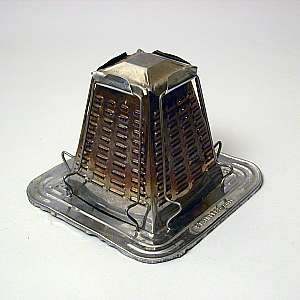 This is what Dad used to make toast This is what Dad used to make toast When I was a kid, I just loved toast with butter. My Dad had a special way of making it. Although we had a "normal" electric toaster, Dad would pull out his old-fashioned, four slice toaster gizmo and place it over one of the gas burners of our cooker. There was something special about the taste and texture of toast made like that... more blackened spots here and there, more smokey tasting and although the bread was crunchy on the outside, the bread stayed moist inside. When we Voyaged to Italy, we discovered an Italian kitchen tool that brought back memories of my father's special, stove-top toaster--the brustolina. Nothing more than a simply designed sheet metal device with holes on one side and a wire rack on the top side and a retractable wire handle to make storing in a kitchen drawer or on a shelf practical. You lay the brustolina on top of a burner on your stovetop with the wire grid on top and then place your bread for toasting. Flip the bread by had to toast the second side. Simple. Brustolina, tostapane, and graticola are common names for this kitchen staple throughout Italy. Virtually every kitchen has one. The Venetian word brustolina is a derivative of brustolar, meaning toast or roast, and can also mean toasted pumpkin seeds. Tostapane is the Italian word for a bread toaster, and graticola is the word for a grill or grate. One brand name is La Gratella. A brustolina has many uses: grilling slices of polenta, toasting thick slabs of Tuscan bread for bruschetta, roasting peppers, eggplant or zucchini, or heating up slices of pizza, focaccia or cornetto and other sweet breakfast rolls. 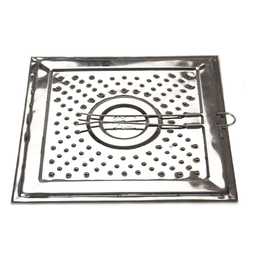 The Brustolina with its wire handle retracted The Brustolina with its wire handle retracted Here are some ideas...
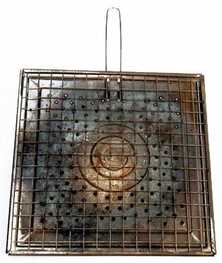 A well aged Brustolina A well aged Brustolina
Everyone loves to bake, eat and share Italian Christmas cookies during the holiday season, which in Italy is quite long. To get you all the way through to the Ephipany on January 8th, here is a list of the 10 best--along with links to authentic recipes from Italy...
Struffoli: This is perhaps one of the most popular Christmas cookies known to most Italian-Americans. Italians in southern Italy inherited this recipe from the Greeks, after all, southern Italy was originally Magna Grecia--part of the Greek culture way before the Romans. They are small fried balls covered with honey and sprinkles, often piled into a little mountain. RECIPE  Zaletti: This biscotto gets its name from the Venetian dialect word for yellow--zálo. They are yellow from the stone ground corn flour they are made from. This is a very ancient peasant recipe which typically contains raisins soaked in either grappa or some other spirit, then dusted with powdered sugar. They are eaten with a sweet dessert wine or with espresso in the morning. RECIPE
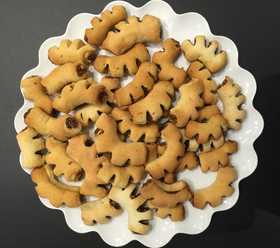 Cuccidati: Cucciddato (also, Buccellati) is filled, shaped biscotto made in Sicily during the Christmas season. They are stuffed with dried figs, raisins, orange peel, honey, chocolate and dried fruit. They can be small, but can also be donut sized and can be made as a large ring torta. The traditional nut used are pistachios, but walnuts or almonds can also be used. RECIPE Mostaccioli: These chocolate covered, spiced biscuits are essentially the gingerbread of southern Italy. The recipes can vary greatly, but usually contain some sort of holiday spices like cinnamon and nutmeg, citrus and perhaps wine must (the root of the name). They can be hard or softer depending on the regional recipe, with the hardest recipes being used to create shaped mostaccioli (animals, religious figures, etc.) . The most popular shape for home bakers is a diamond or rhombus. RECIPE
I hope you enjoy making these recipes. You might have to do some metric conversions but the slight trouble will be worth it.
Buon appetito e Buon Natale a tutti! --Jerry, Lisa and Lucas Finzi Now I've heard that in Pienza (our favorite Tuscan village) loves hosting some odd festivals from time to time (like cheese rolling contests), but this one takes the cake--literally.
The Torneo Gioco del Panforte (Tournament Games of the Panforte) takes place from December 26 - 30 in the Piazza Pio II Loggiato del Comune, with competing teams throwing a panforte cake to a table from 15 feet away. The team throwing and sliding the panforte closest to the edge of the table is the winner. Panforte is a sort of flat, disc shaped Italian fruitcake made by Italians during the Christmas season. For info: www.commune.pienza.siena.it 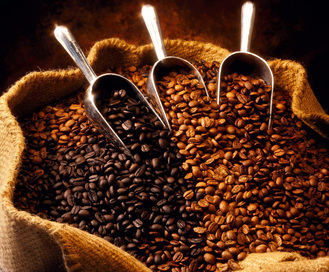 In the centuries before the iconic Bialetti Mokka pot, people drank the new beverage in coffeehouses, an idea that started in Constantinople around 1550, but also spread to Mecca, Damascus and Cairo. Although David ibn Abi Zimra (a Cairo rabbi) ruled in 1553 that Jews could drink coffee prepared by a non-Jew, he also warned against patronizing public coffeehouses and suggested that instead, they have their coffee deliver to their homes--especially due to its medicinal use. Initially, in the 15th century, the drink quickly spread throughout the Ottoman Empire, enjoyed with large amounts of sugar. Jews and Muslims alike found that it helped them stay awake and alert for nightly prayer services. For Muslims, it took the place of forbidden alcoholic beverages. For the Jews, its adoption was tentative with rabbis debating whether it was Kosher, what blessing it required or whether it was actually a medicinal drug. Coffee in Italy had a slow start, partly due to it being declared a Drink of the Devil by the Catholic church, and because it was a very expensive drink for the elite. It wouldn't be until 1603 when Pope Clement VIII tasted--and liked--coffee and gave the drink full absolution from its sins. This helped open the floodgates for coffee in Italy and the rest of Europe. In 1632, the Jews of Livorno--a port city that was given over to the Italian Jewish population which became a center of Mediterranean trade--imported the first coffee into Italy and then opened the first coffeehouses (Bottega del Caffè). By 1624 and 1650, large shipments were shipped to Venice and by 1683, the first coffeehouse in Venice opened. In researching this article, I actually discovered that in 1766, an ancestor with my family name, Beniamino Finzi (an Italian Jew) was given management of a coffeehouse in Livorno. He managed to get the Jewish leaders to rescind a law forbidding games of chance in coffeehouses frequented by Jews. He was the first Jew to be granted a permit to allow gambling with card and board games in a coffeehouse. From this time on, a Jew could only run an "entertainment room" for gambling only if they also served coffee! Coffee was becoming mainstream.... within 200 years of the first sip being tasted in Italy, the craving for coffee had spread throughout Europe and even into the New World. --Jerry Finzi As an advertising photographer, at times in my career I had to create art using food--fresh food, cooked food--often using strange food stylist techniques to make the food look its best (brushing steak sauce on a near-raw turkey and torching it), to last longer (using mashed potatoes in place of a scoop of melting ice cream), or making soups more appealing (marbles under the ingredients so they show). In drinks we used non-melting, hand sculpted acrylic ice cubes and silver cards behind to reflect the color. But for my more artistic work, I loved using food in surrealistic ways... huge tomatoes sitting atop a lamp table in a miniature set, or a "gigantic" wine bottle and glass with a tag saying "drink me" in another miniature room. But the absolute king of using food in surrealistic ways was the 16th century Italian artist, Giuseppe Arcimboldo, born in Milan in 1527. Coming from artistic stock (his father was Biagio, a painter during the Renaissance), Arcimboldo at first had more traditional commissions: stained glass window designs in the Duomo; frescoes for the Cathedral of Monza; the design of a large tapestry for the Como Cathedral; and he was a court portraitist to Ferdinand I in Vienna, and to Maximilian II and his son Rudolf II in Prague where he also took on duties of court decorator and costume designer. His work took a turn toward surrealism and food themes when King Augustus of Saxony commissioned a copy of his "The Four Seasons" which incorporates his own monarchic symbols. 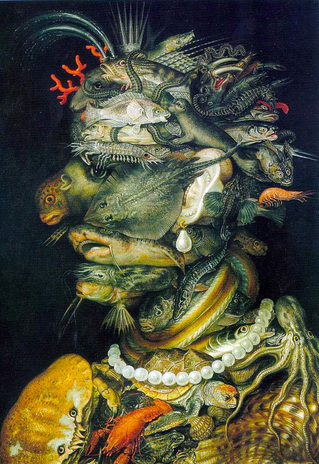 Arcimboldo's traditional religious works have mostly fallen into oblivion, but his portraits of human heads made up of vegetables, fruit and tree roots, were surprisingly admired by his contemporaries and remain unique examples of surrealism today. Debates continue as to whether his paintings were purposeful by design or the product of a deranged mind. Many art scholars argue that given the Renaissance fascination with riddles, puzzles, bizarre subject and even metamorphic art (an image of one thing also being seen as a second thing) that he was simply following his own interpretations of poplar trends.
We Three... that's what we call our little family. Traditionally, we keep our Thanksgiving feast for our little family unit. We are thankful for each other, for our health and happiness, and for keeping us safe in our home in the country which we've dubbed "Buddleside".
When we were young, both Lisa's family and mine used to go all out, serving essentially two meals--the Italian and the American Thanksgiving spread. When arriving at the family home, we'd dig into antipasto. Then after a couple of hours of food prep, teasing each other and watching the parade on TV, we'd sit down for the Italian meal: Lasagna or home made ravioli served with meatballs, brasciole, and sausage. After this, we'd all need couch time to digest--a couple of hours. Then would come Turkey Time. Turkey, stuffing, gravy (the brown American kind, not the Sunday Gravy red type), sweet potatoes and marshmallows, cranberries--the jellied, canned type for my family. Then later on, my Dad would roast the chestnuts in the oven, Mom would pour the coffee and tea and we'd head back to the table to dig into the spread of Italian pastries: Cannoli, Babà al Rhum, Eclairs, Napoleone, Sfogliatelle, Tricolori (Rainbow cookies), Amaretti (macaroons) and my favorite, Pasticiotti (we called them "Passa-Chutt"... little custard filled pies). The chestnuts, pumpkin seeds, tangerines and pomegranates would finish off the day of feasting with sips of almond flavored Amaretto (almond) or Sambuca (anise) liquors. I have no idea how we ate so much damned food back then. For We Three nowadays, the meal is still abundant, but trimmed back a lot--yet still we have tons of leftovers for other meals). We start with an antipasto to honor our Italian roots, but we really have that as our lunch around 1pm. Provolone, salami, imported olives, pepperoni and slices of crusty bread are more than enough to hold us over while the turkey roasts in the oven in the afternoon. Some of the sides we prepared the day before just so we could have time to relax with each other, play a board game, watch the Macy's Parade, the Dog Show and March of the Wooden Soldiers on TV (we love Laurel and Hardy). In the last few years, due to the odd marathon programming of cable channels, tuning in for our favorite parts of the Godfather trilogy is also something that Lisa and I enjoy, though I must admit, watching guys getting whacked on Thanksgiving Day strikes me as very odd. As for the leftovers: Perhaps a second turkey dinner, turkey panini, turkey pasta, turkey barley soup, and our special, once-a-year pizza, which I call Thanksgiving Day Pizza. The turkey gravy (the brown stuff, not Sunday Gravy red) becomes the pizza sauce, the turkey and all the trimmings (cheese potatoes, cranberries, stuffing, etc.) become the toppings, all topped off with grated fontina cheese. Hey... I just looked at the time as I'm writing this on the Saturday after Thanksgiving. I've got to get my dough started for the pizza tonight! I've been waiting all year for this... Happy Thanksgiving to all our Grand Voyage Italy friends! --Jerry, Lisa and Lucas Matteo Stucchi (@idolcidigulliver) is a 23 year-old pastry chef from Monza, Italy, who builds surrealistic scenes using food and scale railroading vehicles and people. A modern day Gulliver might be pleased with the people of Lilliput creating such tasty sweets for him to indulge in. Enjoy the slideshow... 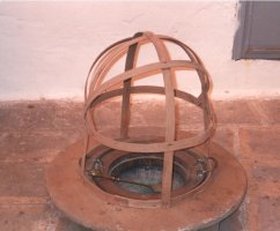 A scaldapanni ready to dry damp socks A scaldapanni ready to dry damp socks Although there might still be a few homes in rural Italy where the fràscere or braciere (brazier) might be found, this tool for heating and cooking is more than likely a memory for older Italians. Typically an ancient-looking copper pan set into a wider wooden base, many recall their mothers placing the braciere full of hot coals from the home's fireplace into the middle of the room so all members of the family could sit around warming their feet on a cold winter's evening. Some have shared memories with me: Mama putting large black olives in to heat them up, and then squeezing them onto pieces of toasted bread... or melting pieces of cheese on forks. They also remember how their fathers warmed up some zuppa for an evening snack before heading off to bed. A second braciere might have been placed in their bedroom to take the chill off as they drifted off to sleep. And their mothers may well have covered the braciere with a scaldapanni (or sciuttapanni)--a dome cover made from bent strips of wood--and then draped a damp washcloth, panties, socks or a cloth diaper to dry overnight. In school the next day, there might have been a braciere--perhaps more than one--sitting on the floor between desks to help warm their scholastic endeavors, even if just to toss a crumpled mistake into the coals when their maestra was dissatisfied with their work.  A beautifully decorated braciere from a more ancient time A beautifully decorated braciere from a more ancient time The "conca" (basin), as it was casually referred to, was an ancient household invention thousands of years old that could be perceived as a sure sign of poverty in Italy, but there were riches in its use, too... family members--young and old, children through grandparents-- gathered around, telling stories, sharing gossip, knitting or repairing garments, toasting bread, laughing together, the children always being the closest to the warm, glowing circle. Occasionally, a lemon or orange peel was tossed onto the coals to send a simple but glorious scent into the air and if you were a good child, your father might let you use the little shovel to perk up the glow of the coals. The family hearth might have been small, but the memories were warmer than that pile of coals could ever be... --Jerry Finzi Copyright 2016, Jerry Finzi/Grand Voyage Italy - All Rights Reserved
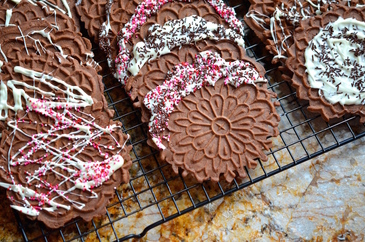 Waffles are something we enjoy almost every Sunday for colazione (breakfast). Lisa has a great recipe which includes egg whites that makes that light and crispy. Lucas' favorite breakfast is waffles with Nutella and banana. But the ancestor of our favorite waffle is something much more delicate... more like a waffle ice cream cone... the pizzelle. (We'll use the name "pizzelle" in this article for both singular and plural--singular is actually pizzella). "Pizze" is from the Italian word for "round" and "flat" (pizze)--yes, just like the word pizza. The "elle" ending means small. Pizzelle are indeed small, flat and round. They are light and crispy Italian waffle cookies made from flour, eggs, sugar, butter or oil, flavored with vanilla, anise, anisette, lemon or even chocolate. Depending on how they are made, pizzelle might be soft or crisp. Pizzelle are made by cooking batter in between two iron plates that have decorative patterns on them--usually in a sort of snowflake design. There are electric versions that are used just like waffle irons, and there are cast metal ones that you hold over a flame to cook the pizzelle, turning to cook each side. The interesting thing about pizzelle is that when they first come off the iron, they are soft and pliable. You can actually mold them around a tube to form a cylinder used in making cannoli, a cone shape for gelato cones or mold them into bowls or cups to be used as containers for sweet treats and desserts. Once cooled they become hard and brittle. They can be colored (like the Italian flag, for instance) with food coloring, or dipped into chocolate or icing and sprinkles. The simplest way to serve them is dusted with powdered sugar or cinnamon and sugar. Tuck them into a scoop or two of ice cream in a bowl. Two can be filled (Nutella!) like a little sandwich. Around the holidays, packaged pizzelle can also be found in many varied flavors and designs. 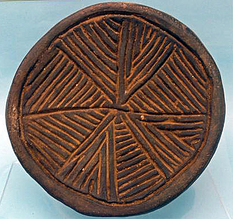 7th Century bread stamp 7th Century bread stamp Pizzelle--at least, the Italian version we know today--were originally made in Ortona, in the Abruzzo region. Centuries ago, the families would have pizzelle irons specially made with family crests, special dates, or other celebratory designs. Although once enjoyed at annual festivals, these cookies can now be found at nearly every holiday celebration, in Italy and beyond. Other countries have their own pizzelle type of cookie, too... like the Norwegian Krumkake. This is perhaps because it is one of the world's oldest cookies--it's ancestor most likely was the Roman crustulum, a flat bread treat cooked in a Roman pancake pan and on top of a craticula (a sort of Roman BBQ grate cooker). Pizzelle are known as ferratelle in the Lazio region and in Molise they may be called ferratelle or cancelle. The history of pizzelle might go back even further in history, however. There are ancient examples of bread stamps--some being a similar size to modern pizzelle--in both ancient Rome and Greece. Flat breads throughout the Middle East and the Greek and Roman areas of the Mediterranean were often stamped in geometric patterns. Some stamps were small but used in a repeating manner to create a large pattern on the face of a flatbread. The larger ones in the early days of Christianity were used to impress flat breads with a cross or religious pattern, the bread being used as the Holy Eucharist during early masses. St. John Chrysostom (a Greek, 347-407AD), noted in his writings that all bread was “sealed”, most likely with a cross. 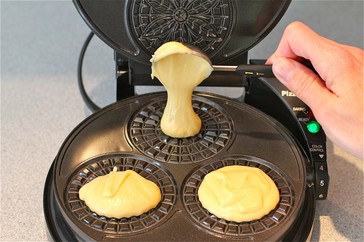 Pizzelle Recipes Pizzelle - made with olive oil Makes 2-3 dozen Ingredients 1 cup sugar 1/2 cup light olive 3 eggs 1/2 tsp Salt 1 tbsp Grated orange zest 1-1/2 tsp Flavoring extract (lemon, rum, almond, vanilla, or anise) 3-1/4 cups all-purpose flour Directions In a large bowl, beat together sugar and olive oil. Add the eggs, salt, zest, and extract then beat well. Gradually stir in the flour until the mixture is smooth, soft and sticky. Heat the pizzelle maker. Using a spoon, scoop some dough and place the dough on each cookie pattern of the pizzelle maker. It might help to wet your hands and roll a tablespoon sized dollop into a ball and then center it on the pizzelle iron. Close and clamp the lid and cook until about 30 seconds until light golden color. I have found that many pizzelle irons/griddles tend to squeeze too much batter forward (due to the rear hinge design)... compensate by positioning your batter slightly to the rear of center. Use a thin wooden spatula to remove the pizzelle from the griddle. Transfer pizzelles onto a cool counter-top or cookie cooling rack to dry and harden. Repeat until all the batter is used up. If you need to mold them into a shape, do it immediately as they come off the griddle. Do not leave pizzelle out on damp, humid days. After drying, they keep well in Zip-loc bags. Pizzelle - with butter Makes 2-3 dozen. Butter will add flavor but they will be less crisp. Ingredients 3 eggs 3/4 cup sugar 1/2 cup unsalted butter, melted and cooled 1 teaspoon vanilla 1 teaspoon Cointreau or Triple Sec (or Liquor of your choice) 1-3/4 cups flour 2 teaspoons baking powder Directions In a large bowl, beat together the eggs and sugar. Add the butter, vanilla, and Cointreau. Add the flour and baking powder and mix until combined. The batter should be thick. Chocolate Pizzelle (Makes 30 pizzelle) Ingredients 2 cups flour 1 teaspoon baking powder 1/2 cup unsweetened cocoa powder 1/2 cup unsalted butter, melted and cooled 1 cup sugar 3 eggs, room temperature 1/2 cup milk 1/2 teaspoon vanilla Directions Sift the flour, cocoa and baking powder in a small bowl. In a second bowl, whisk the butter and sugar together, then add the eggs, milk, and vanilla and whisk. Add the cocoa/flour mixture and mix until smooth. Make pizzelle the same way as previous recipes.. Pizzelle with Hazelnuts Ingredients 4 eggs 1 cup sugar 1/4 teaspoon salt 1/2 cup unsalted butter, melted and cooled 2 cups flour 1/4 cup unsweetened cocoa powder 1/2 teaspoon cinnamon 1 tablespoon baking powder 3/4 cup ground hazelnuts Directions In a bowl, whisk together the eggs, sugar, and salt, then add the butter and blend well. Sift together all the remaining ingredients, except the hazelnuts. Add the flour mixture into the egg mixture. Next, fold in the ground hazelnuts. Make pizzelles as previously. Almond Pizzelle Follow the recipe for the Butter Pizzelles above. Leave out the vanilla and Liquor flavorings. Add 1 tablespoon of almond extract or 2 tablespoons of amaretto. Add 3/4 cup of ground almonds to the batter. Cappuccino Pizzelle Follow the recipe for Pizzelles made with butter. Omit the vanilla and Cointreau. Then add: 2 teaspoons instant espresso powder 2 teaspoons cinnamon 2 tablespoons coffee liqueur Serve with a dollop of whipped cream shaved chocolate top top it off. Black and White Pizzelle Follow the Butter Pizzelle recipe. Make one batch of the Chocolate Pizzelle recipe. Place 1/2 tablespoon of each batter, side to side in the middle of the pizzelle baker's pattern and bake as usual. --Jerry Finzi If you enjoyed this article, please SHARE it and LIKE it on your favorite social media site. Buon Natale! We also have pages on: Google+ StumbleUpon I've always loved coconut and chocolate. Mounds candy bars were a favorite when sitting in the dark, echoing movie palace during Saturday matinees in my youth. In Italy, one of my favorite, two-scoop gelato treats was coco and cioccolato. So when my wife, Lisa made these Coconut Chocolate Squares for me last week, I was in heaven!
Ingredients
Directions
My wife, Lisa was making a surprise one recent Sunday morning for breakfast--some sort of German oven baked "pancakes". What we got on our breakfast plates was a 1" thick, gelatinous, rubber-textured, tofu-like squared portion. As our forks entered our mouths, simultaneously, our facial reactions were the same. Yuck! While they were edible--only after over-dosing with maple syrup--none of us could stand their rubbery texture, like stale Jello with lots of eggs. Lisa was beside herself, but not wanting her to feel bad I kicked into action with a very quick, impromptu rendition of eggs in purgatory.... for of course, purgatory is where all great cooks (my wife is a great one) go for penance after indulging in such a culinary sin. This isn't a formal recipe, but more of a quick guide for a tasty breakfast using simply pantry ingredients--and no real recipe. I quickly got out 6 eggs, heated up a fry pan with drizzle of olive oil and turned on the oven to broil. Next, I poured enough tomato sauce (we always seem to have some) to cover the entire surface of the pan about 1/4" deep. I then broke the eggs into the bubbling sauce and salted, peppered and sprinkled them with dry basil. After a few minutes when the eggs looked like they were cooked on the bottom, I placed the pan into the oven for about 2 minutes. I popped some slices of ciabatta into the toaster. Lisa got new plates while Lucas cleared the table of the rubbery pancake remains, and then I plated. Two slices of bread on each plate, an egg and some sauce on each, and for a finish I shaved some Reggiano and topped off each serving.
Presto! Breakfast saved. Babbo is a hero and helped Mama save face (such a lovely face)... and I'm happy to report that she returned from purgatory to her righteous heavenly place in our hearts--and our kitchen. Buon appetito! --Jerry Finzi |
Categories
All
Archive
June 2024
|


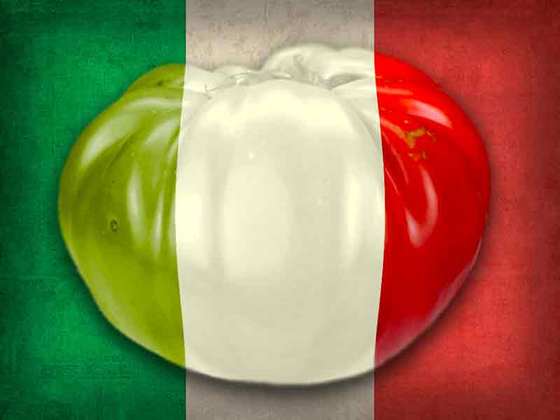
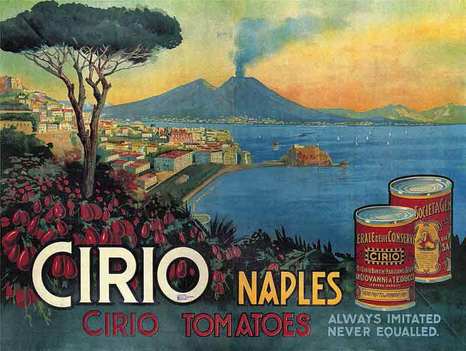









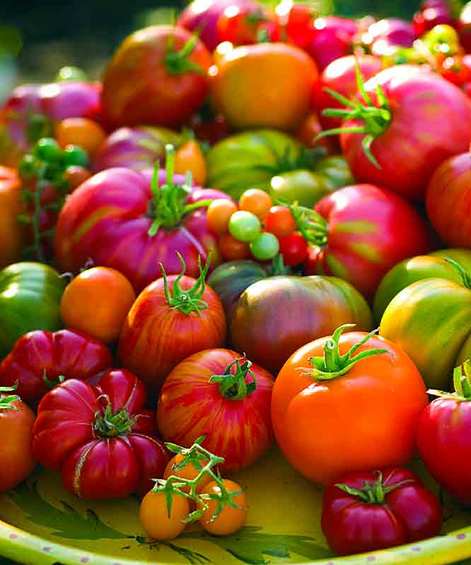
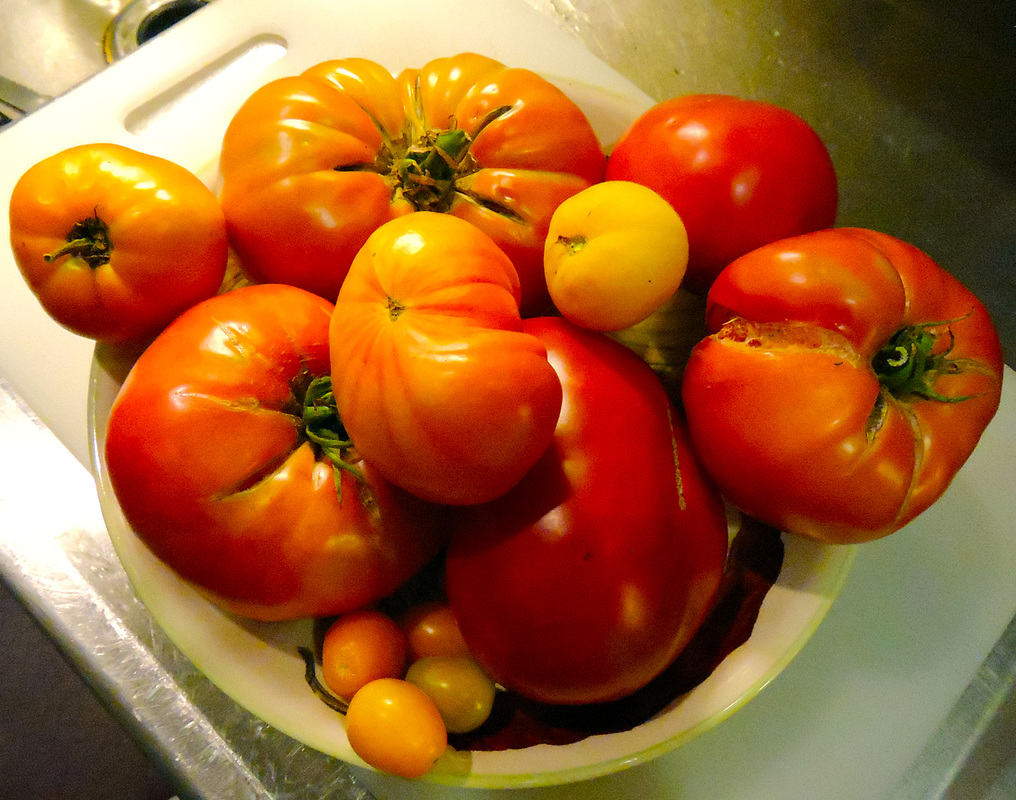
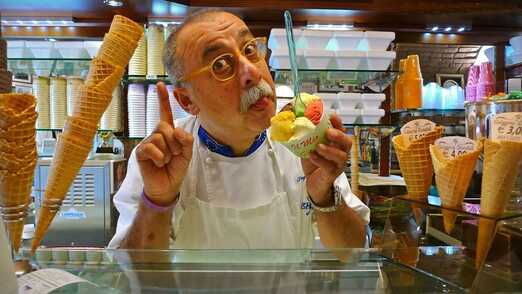
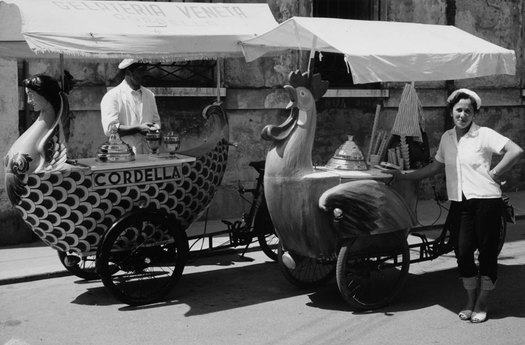
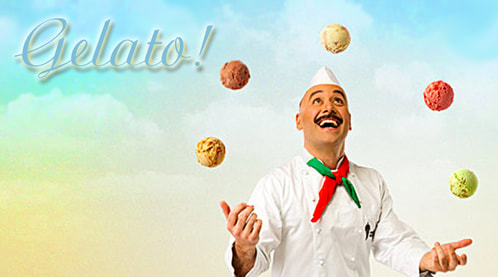
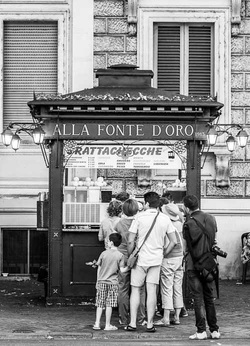
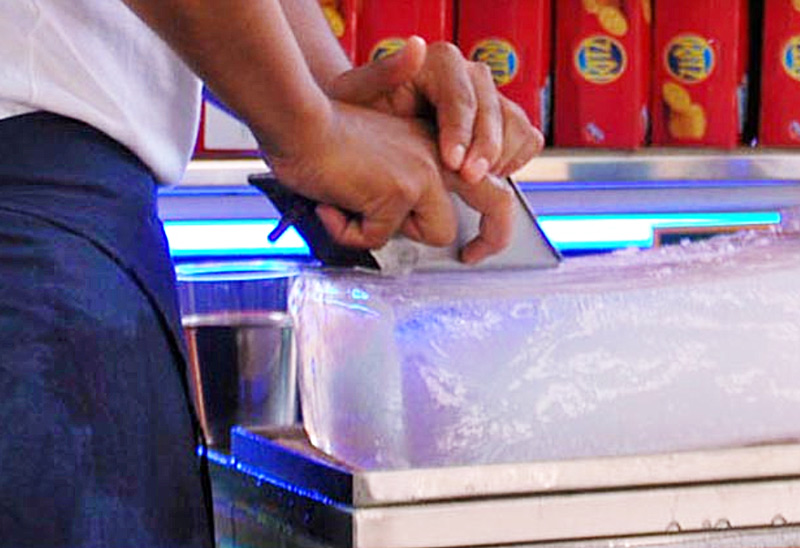

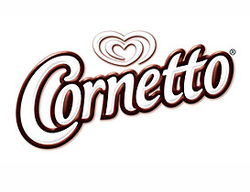
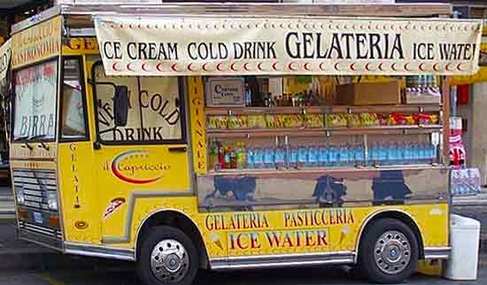

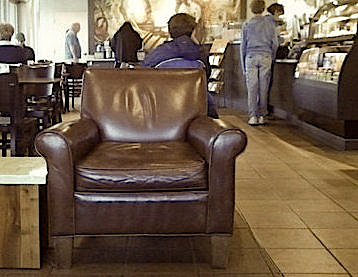
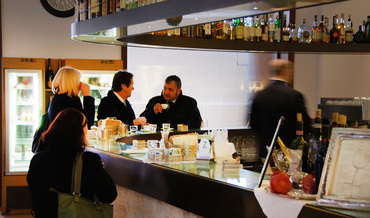

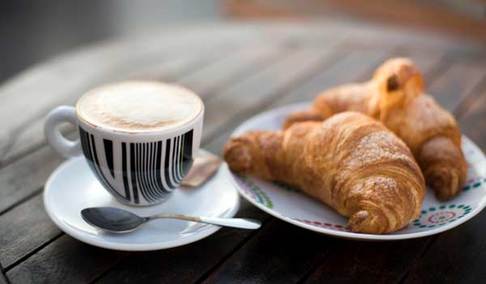
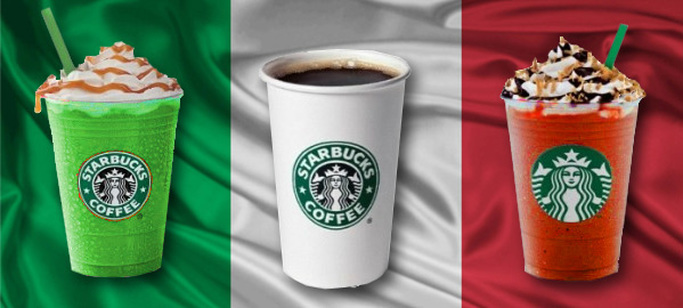
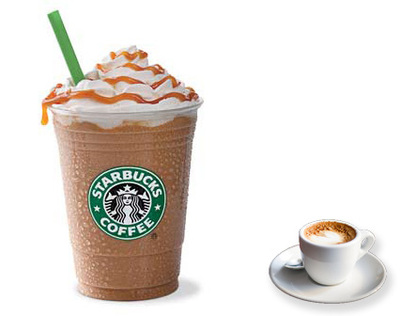
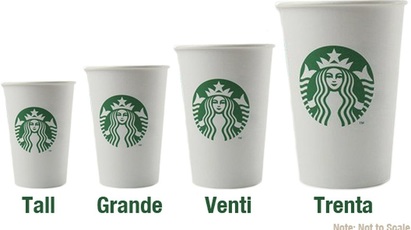
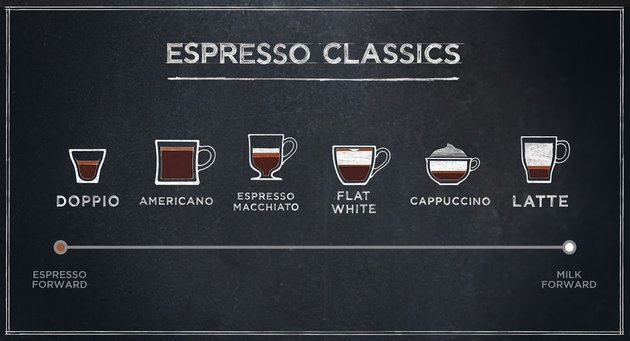
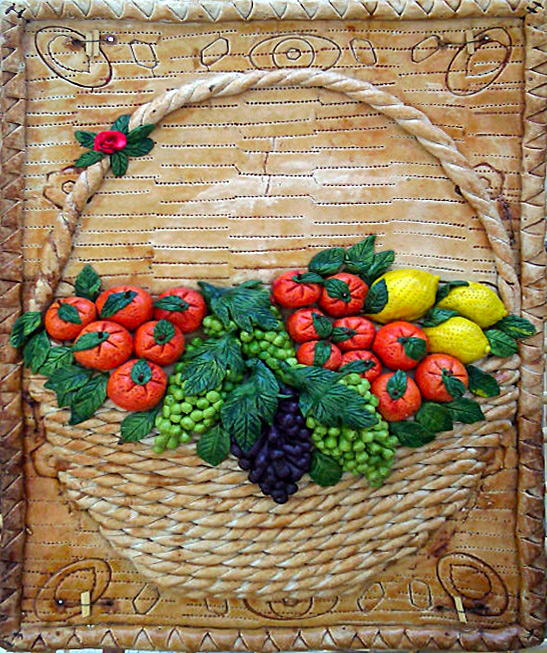
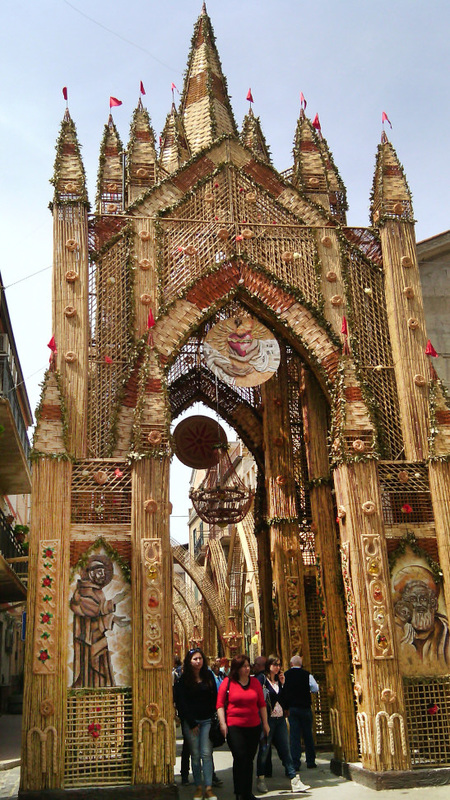
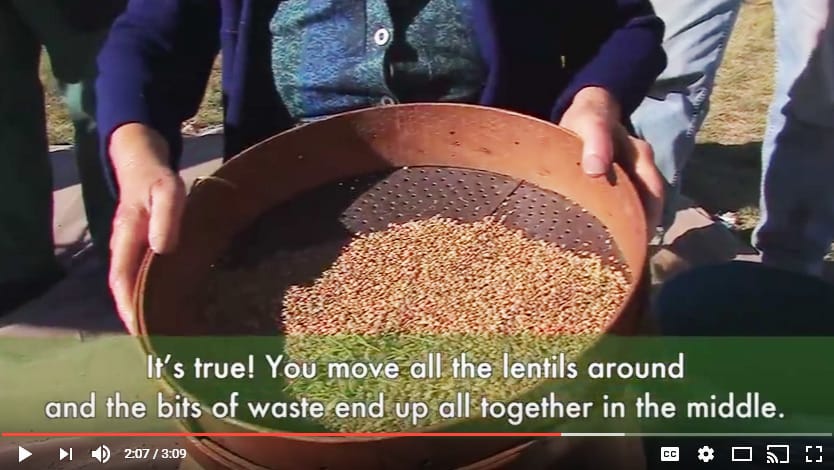
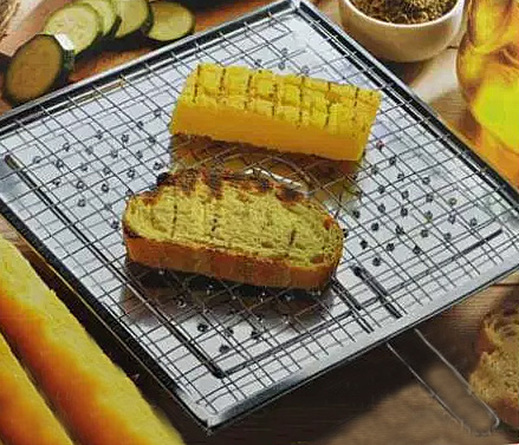
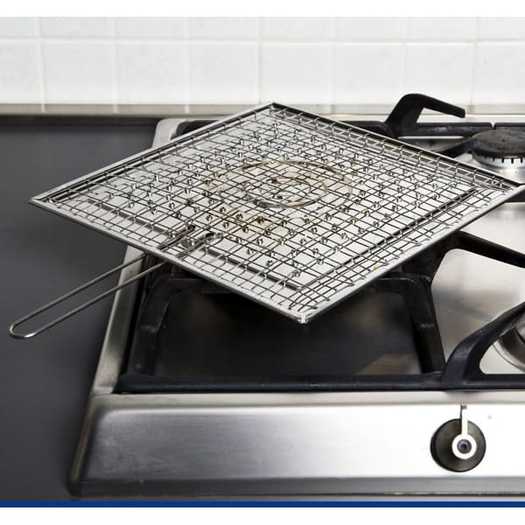
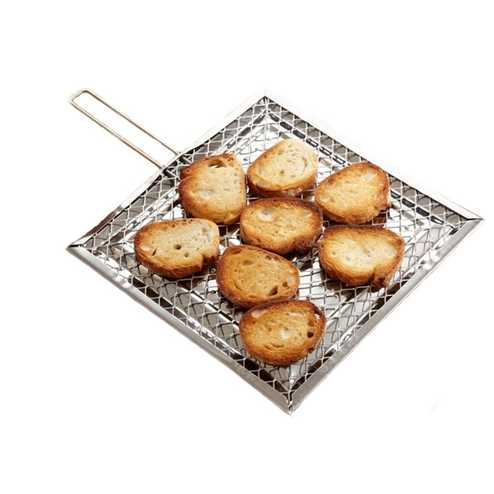
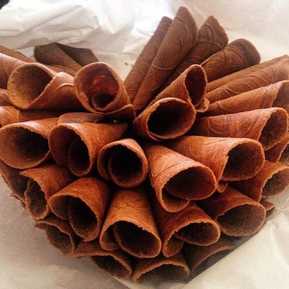
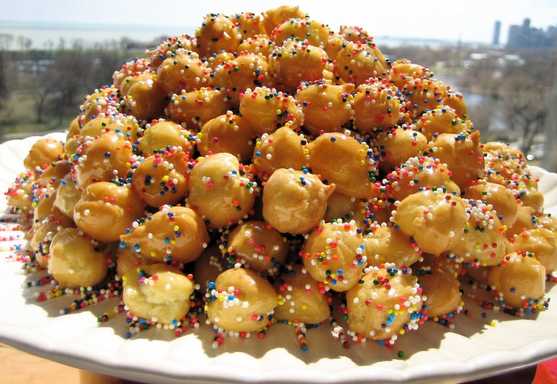
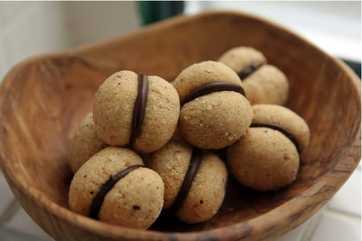
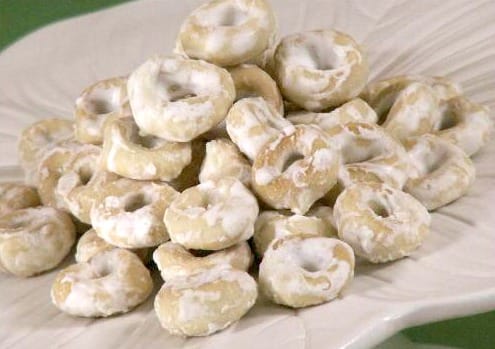
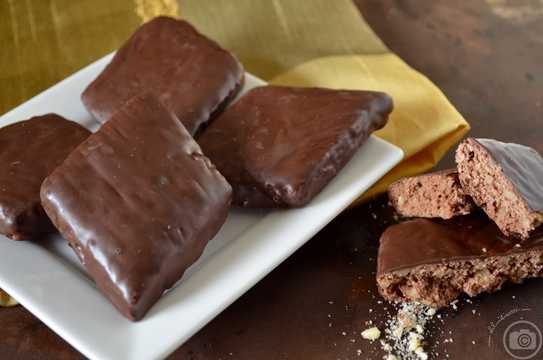

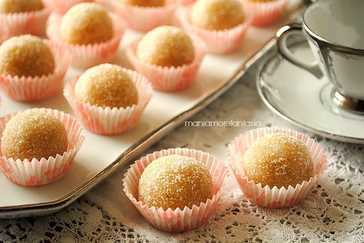
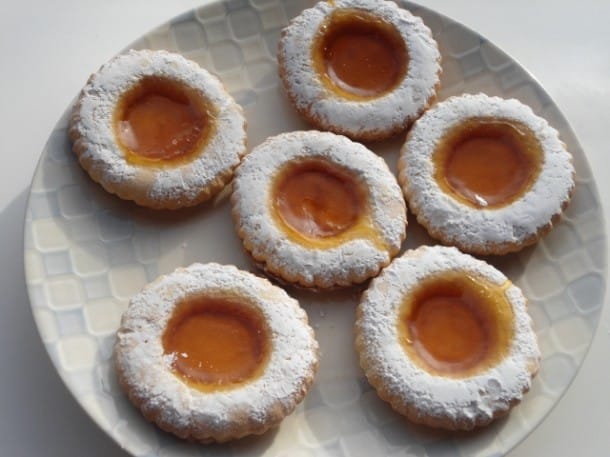
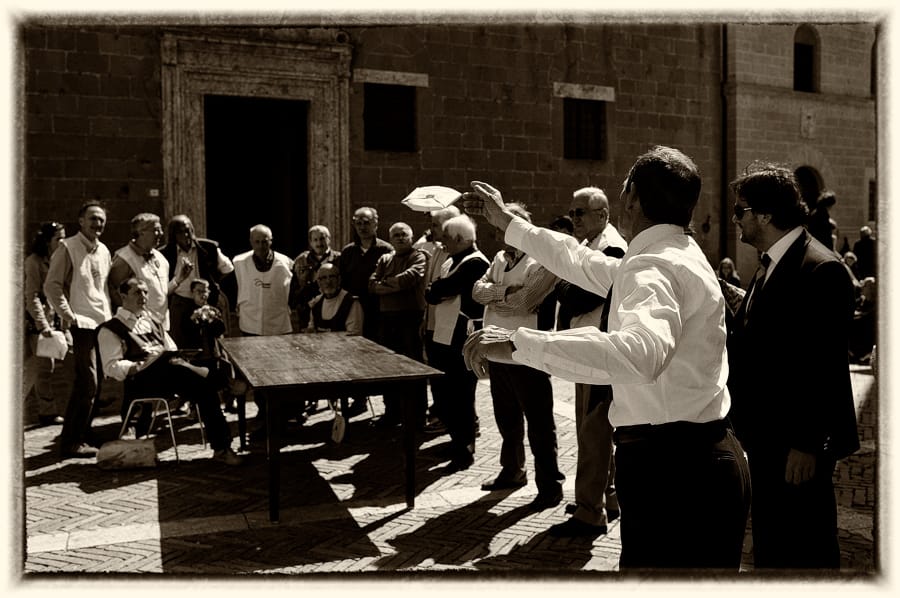
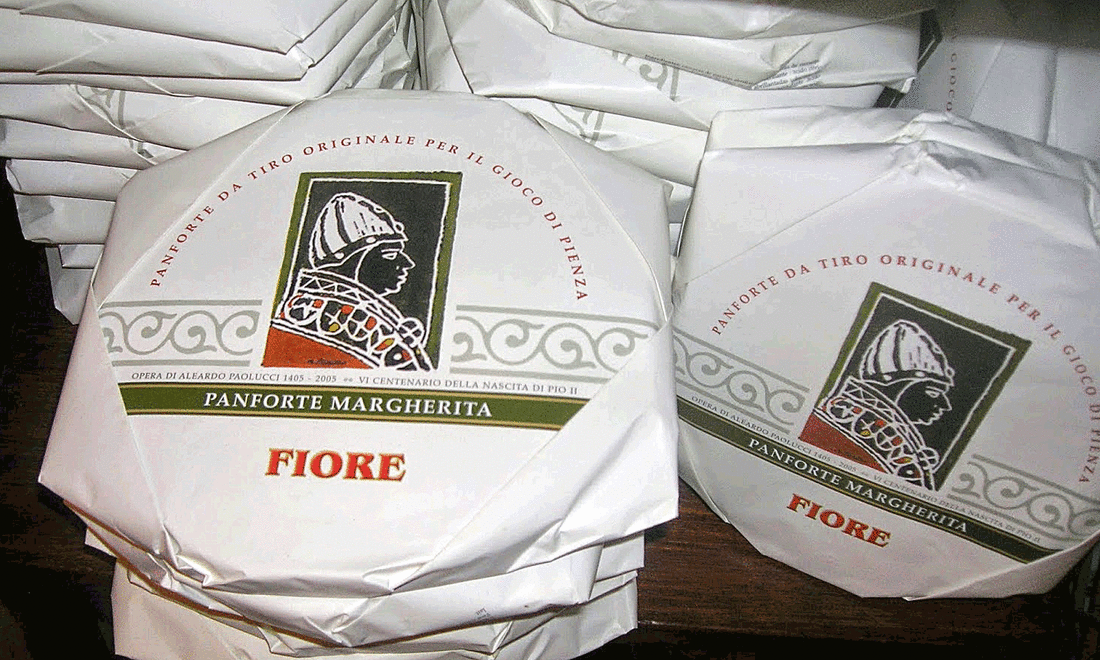
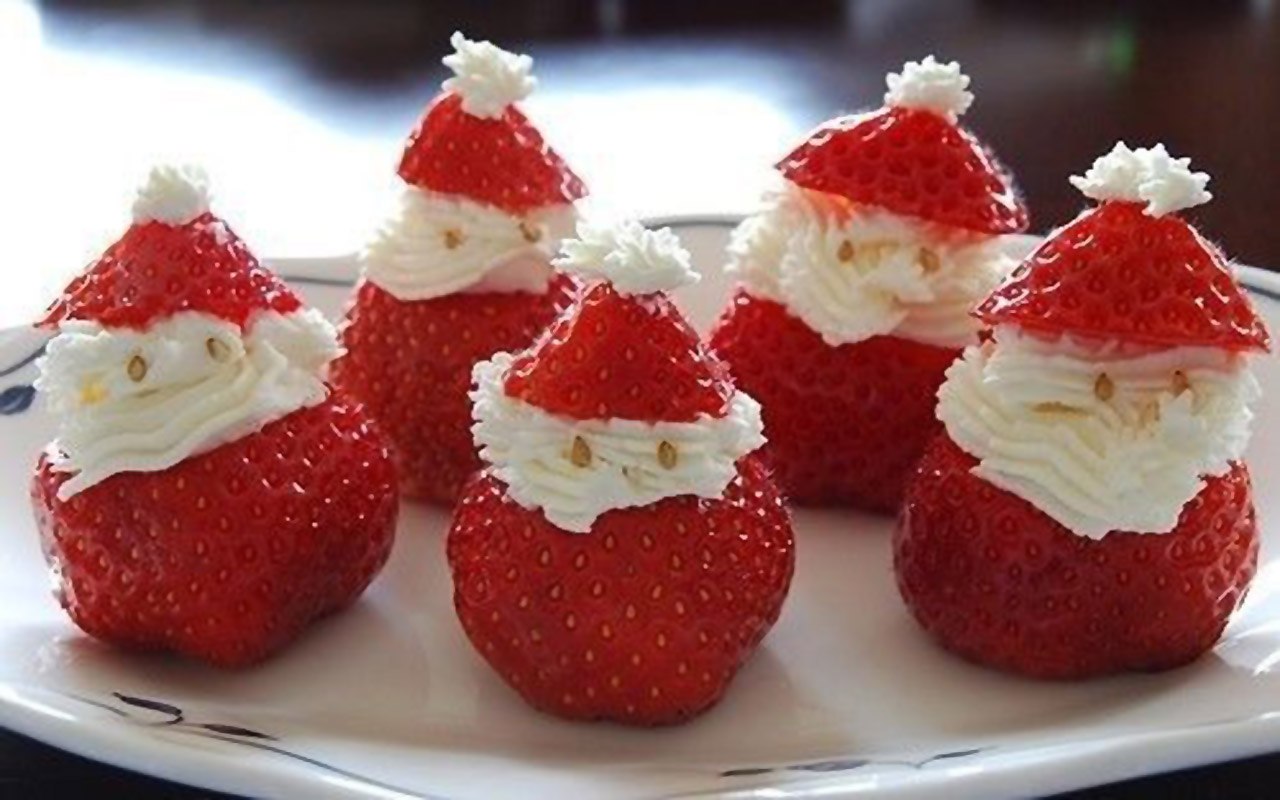

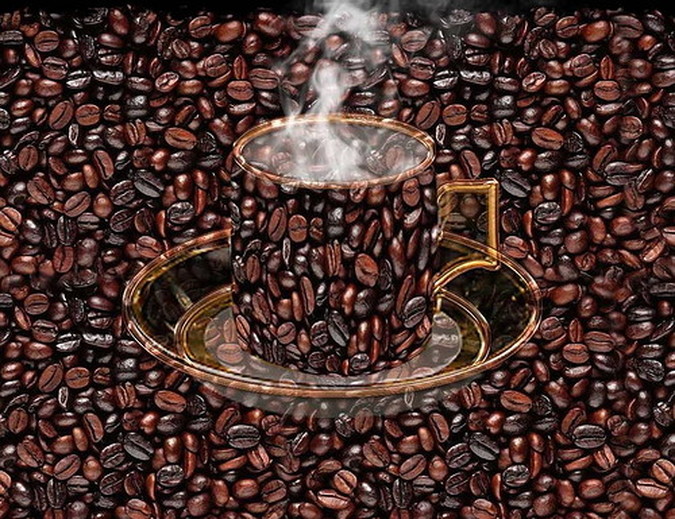
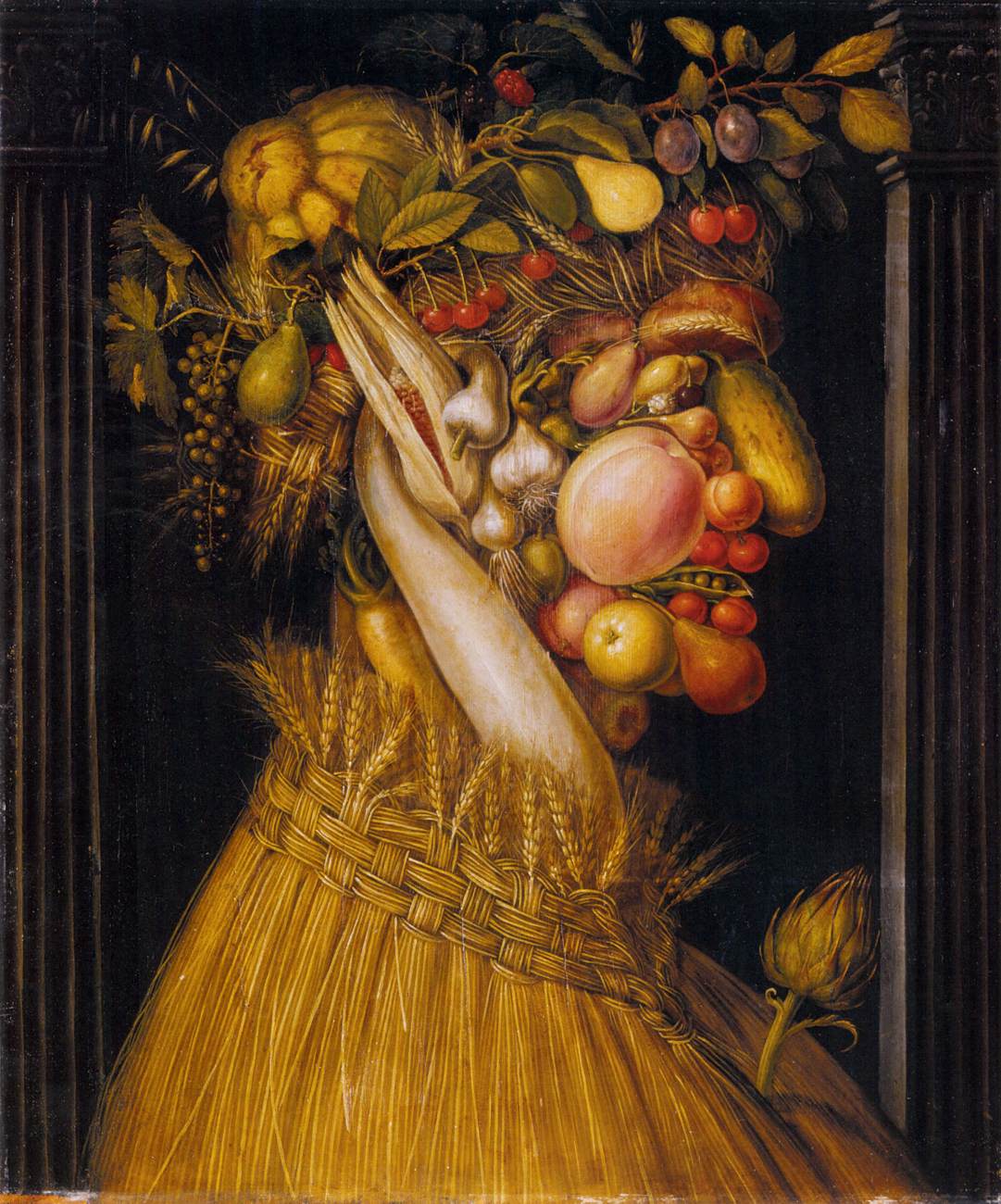
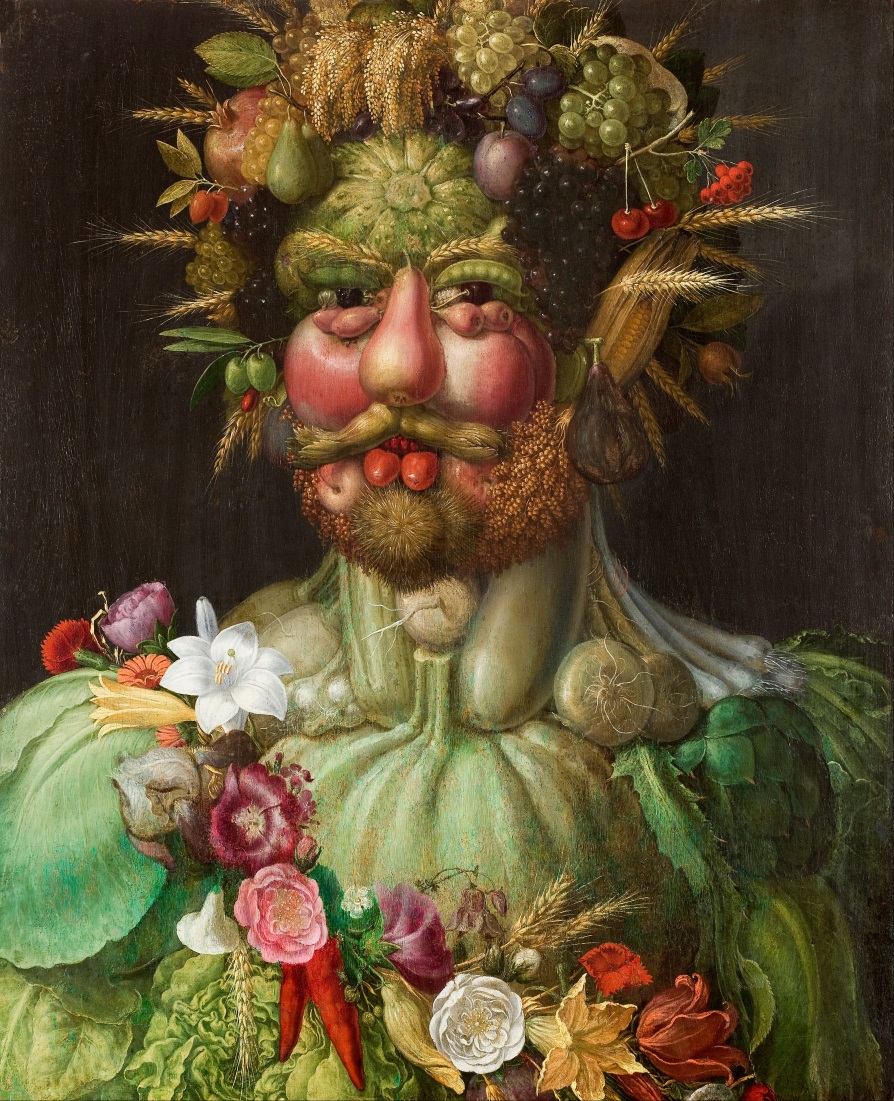
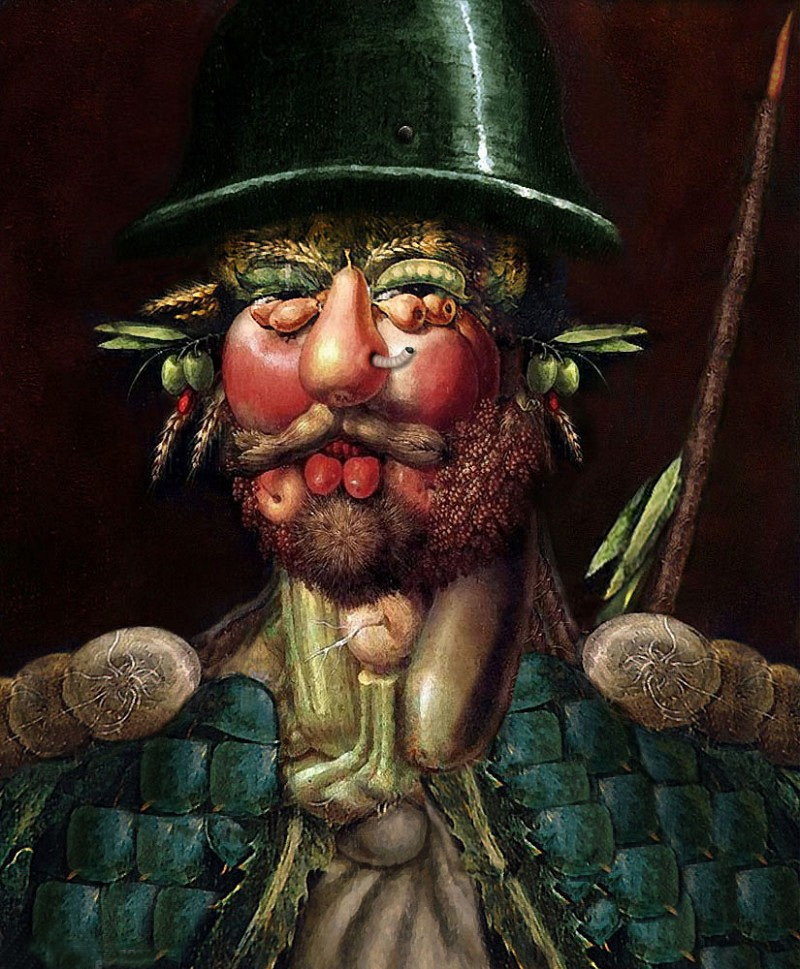
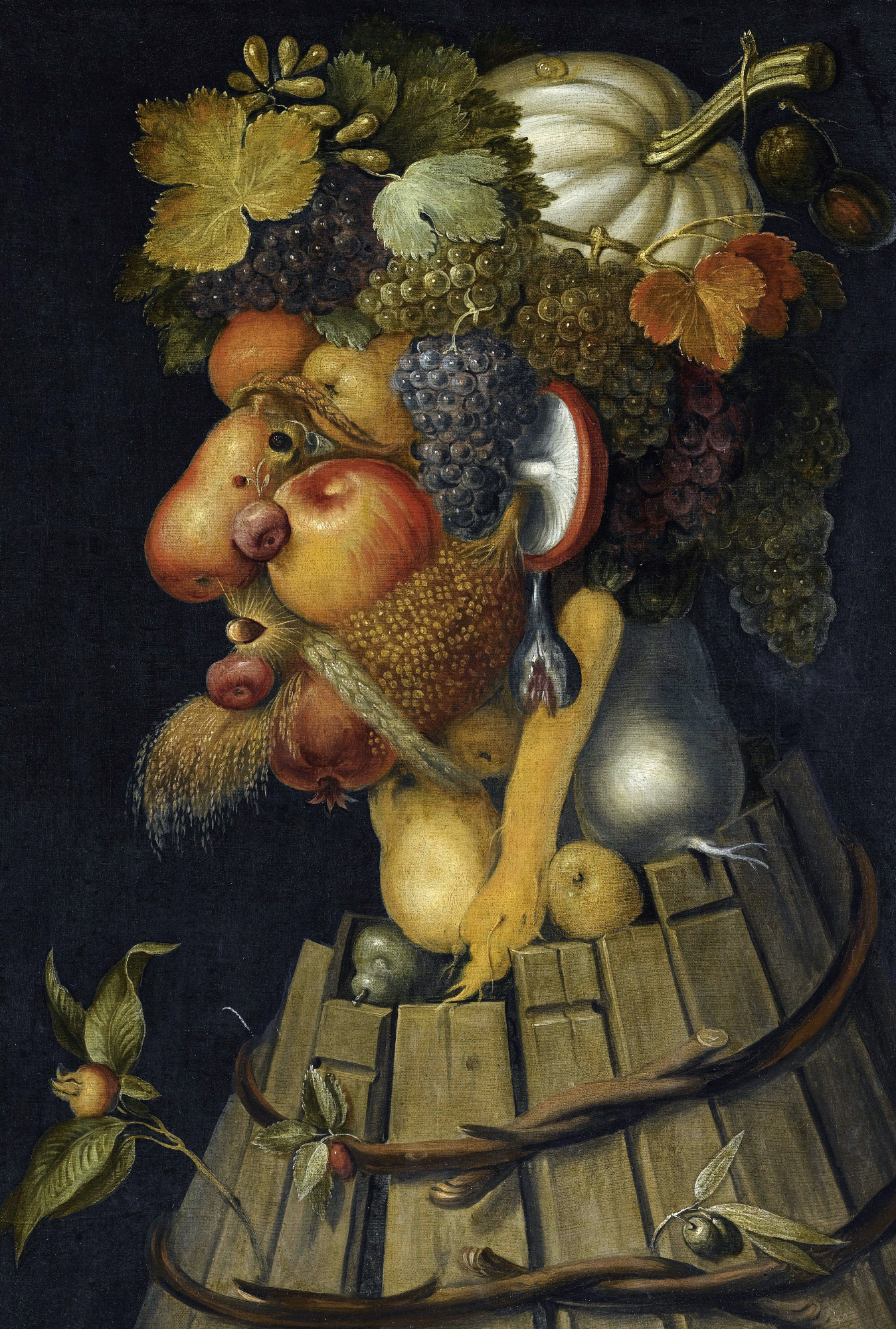
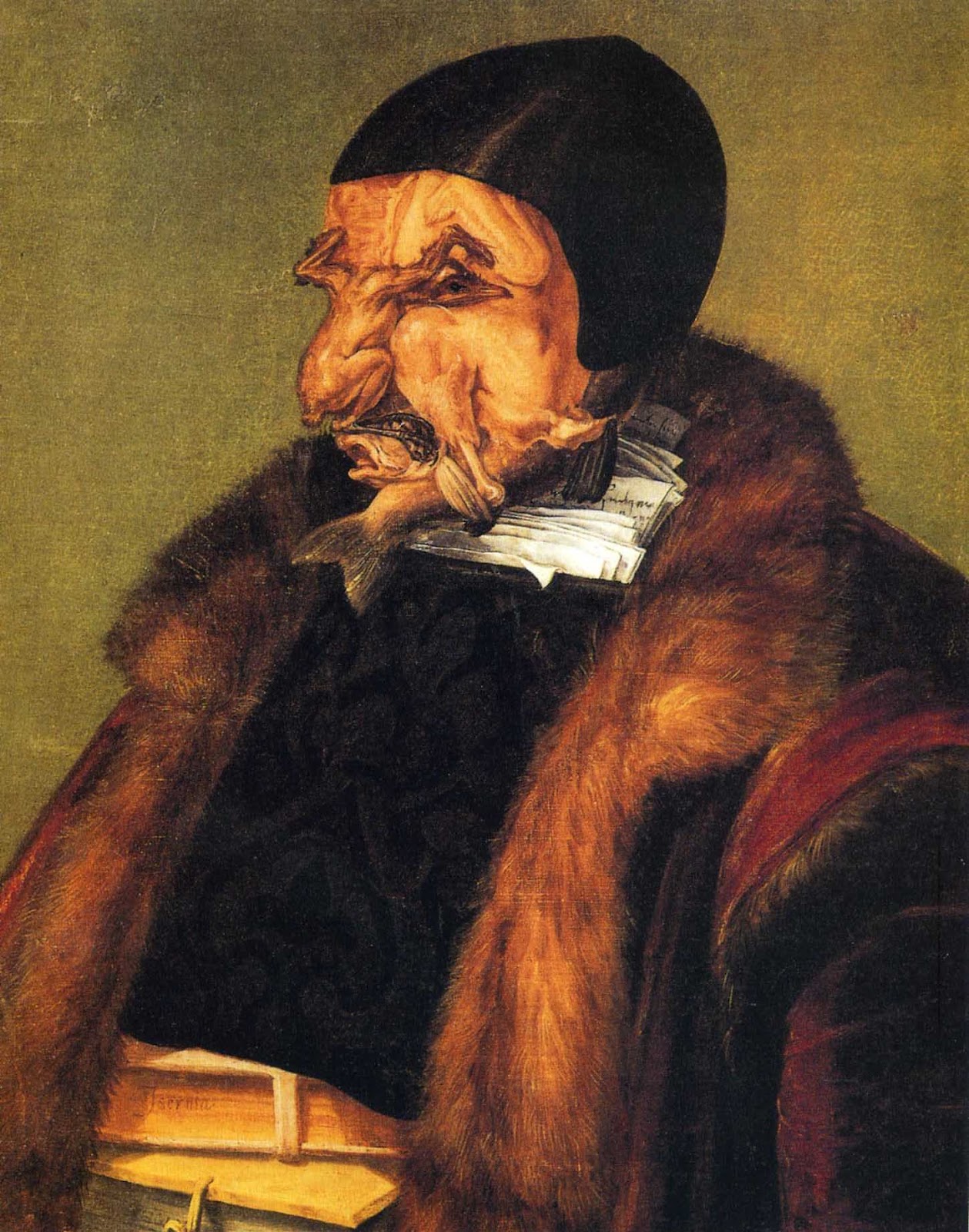



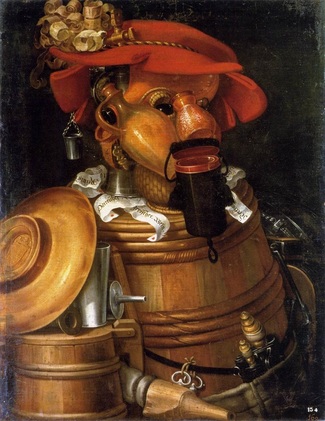
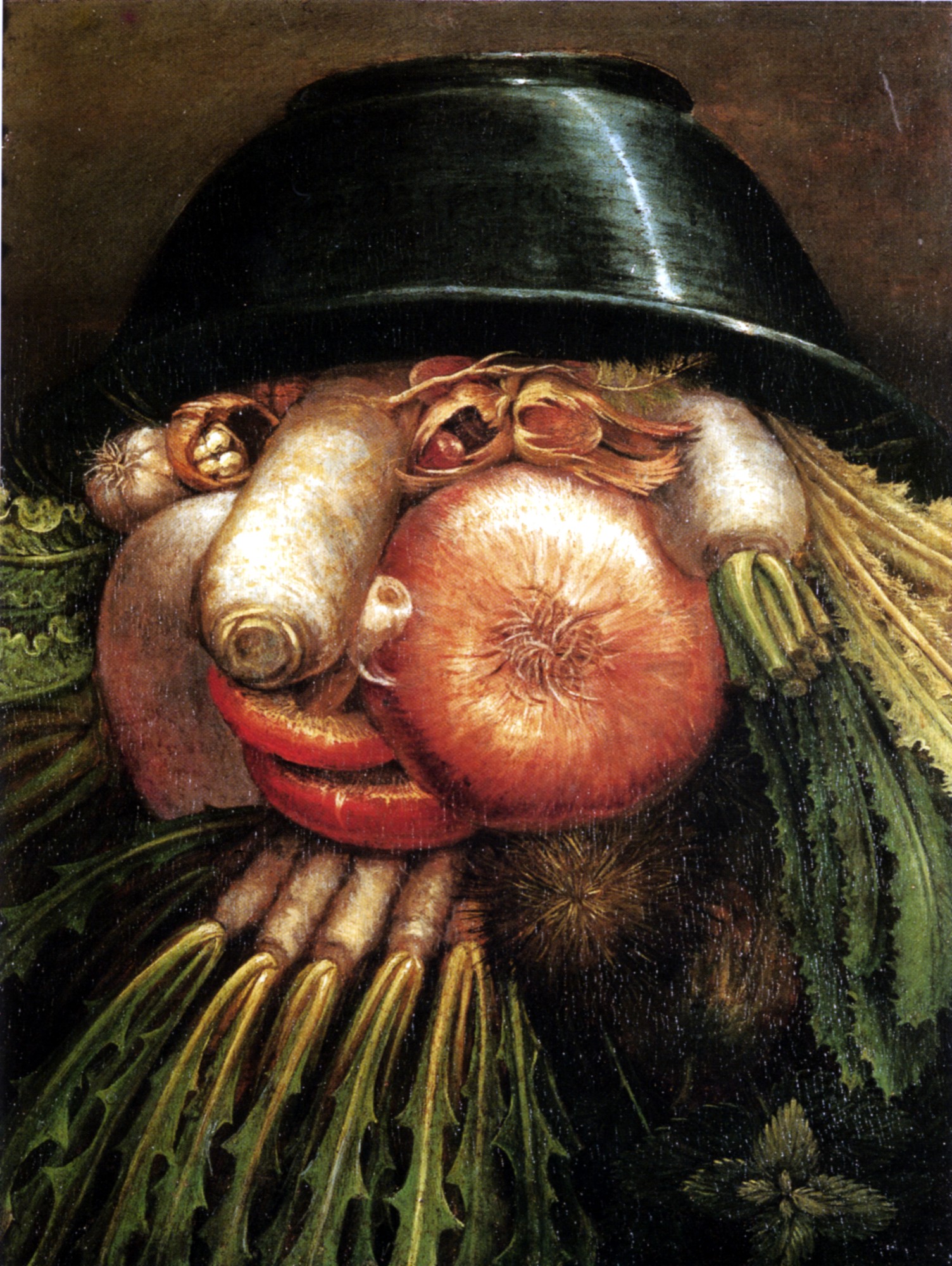
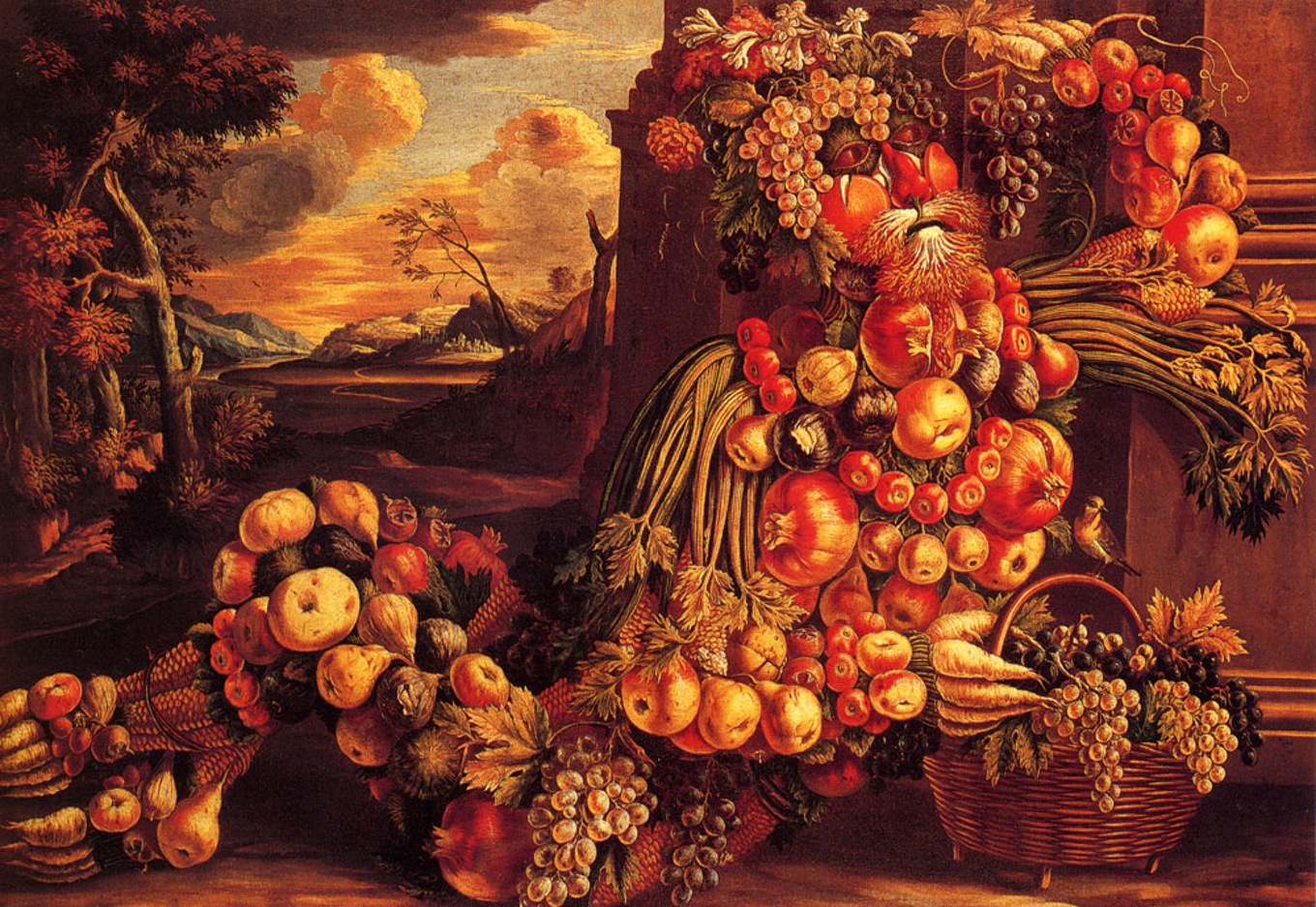
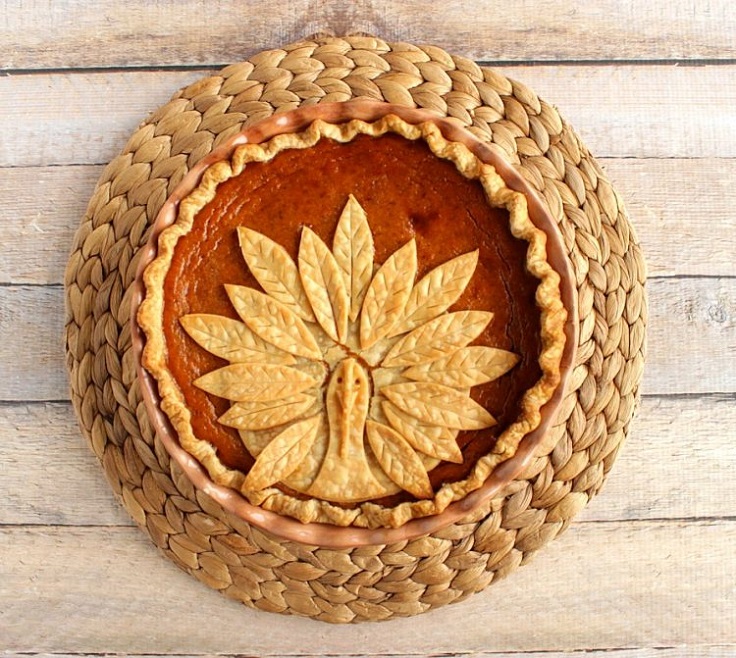


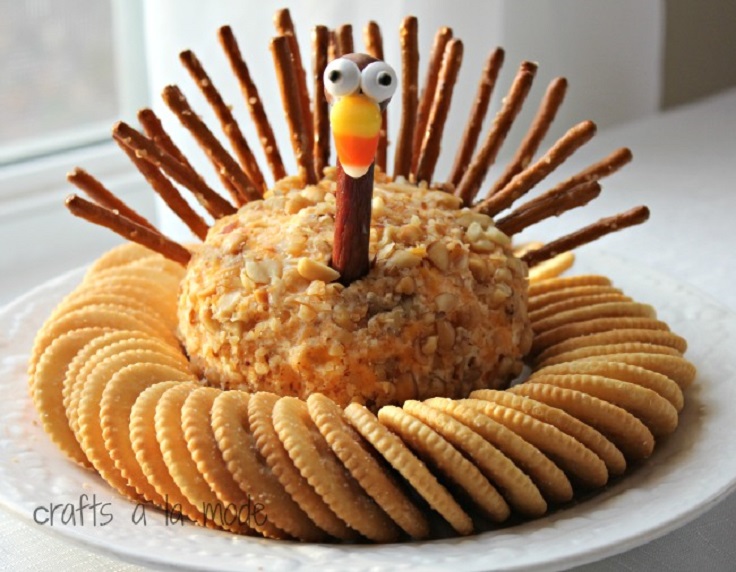
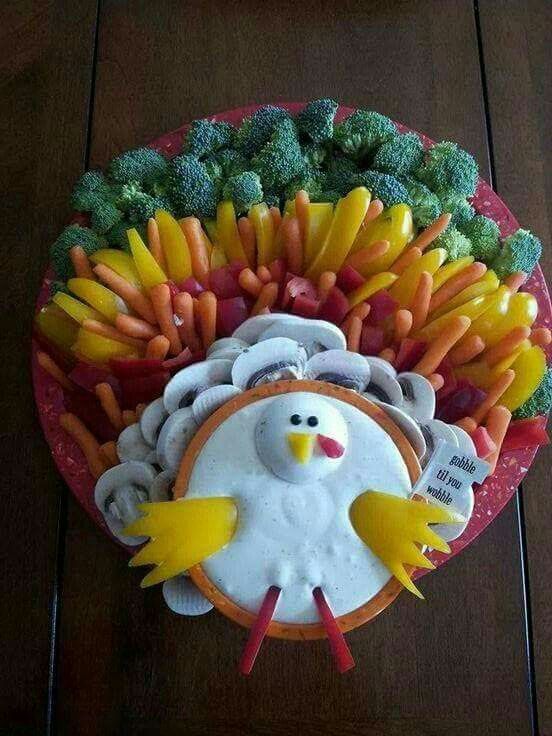
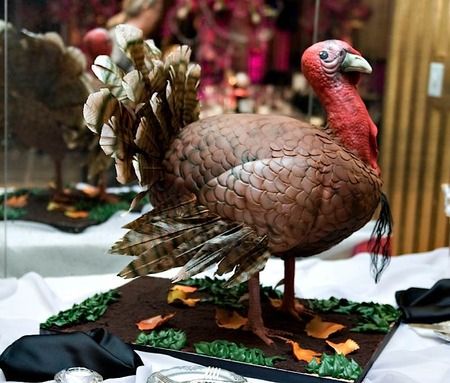
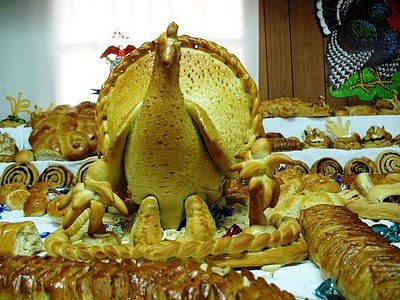
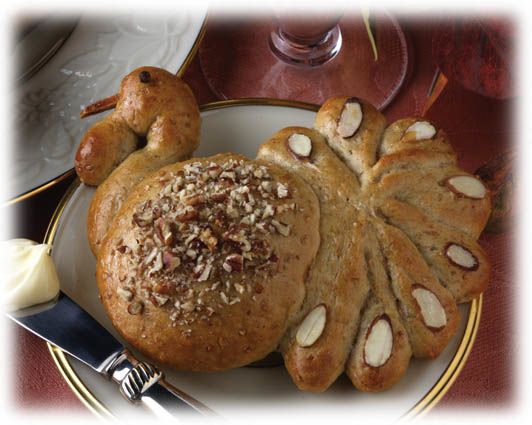
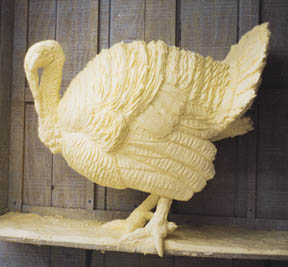
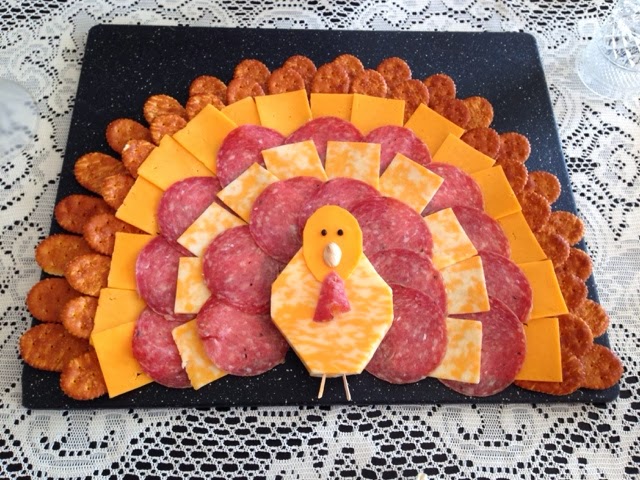
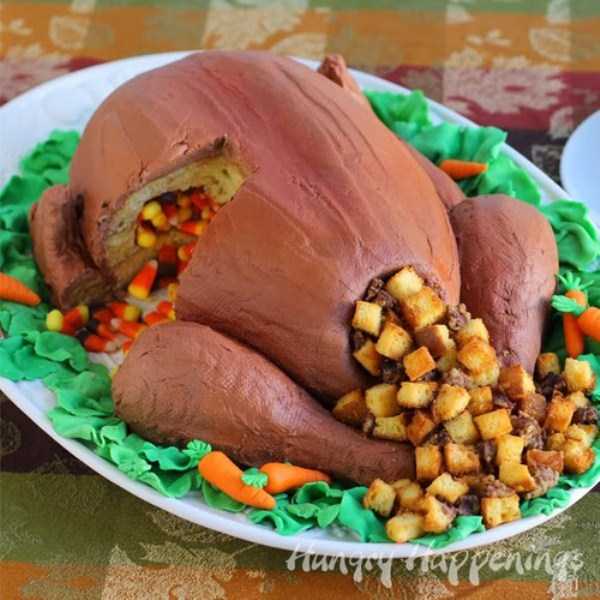
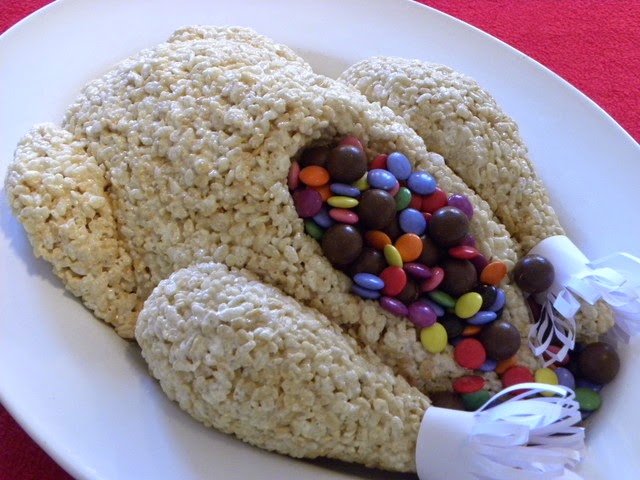
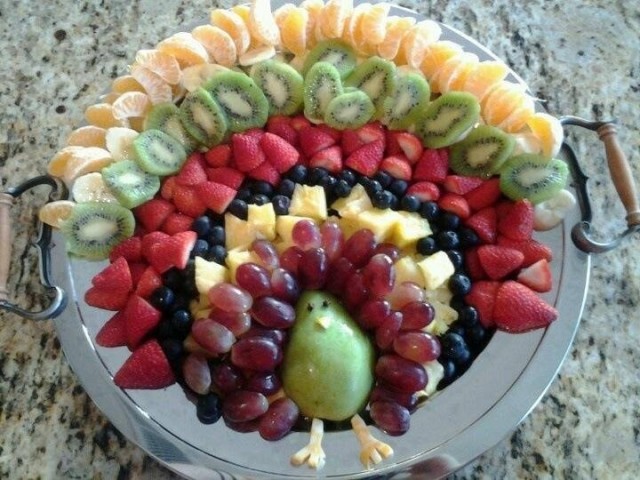
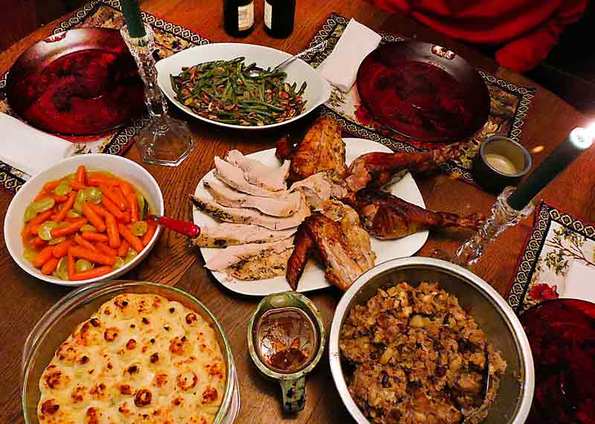
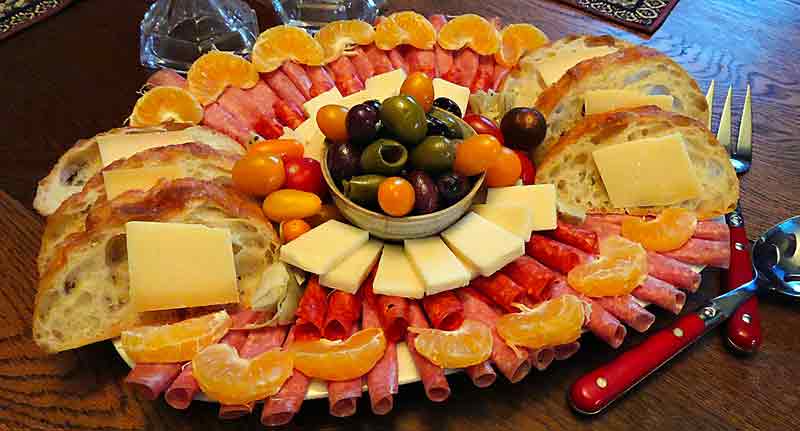
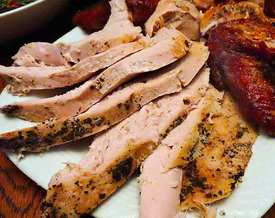
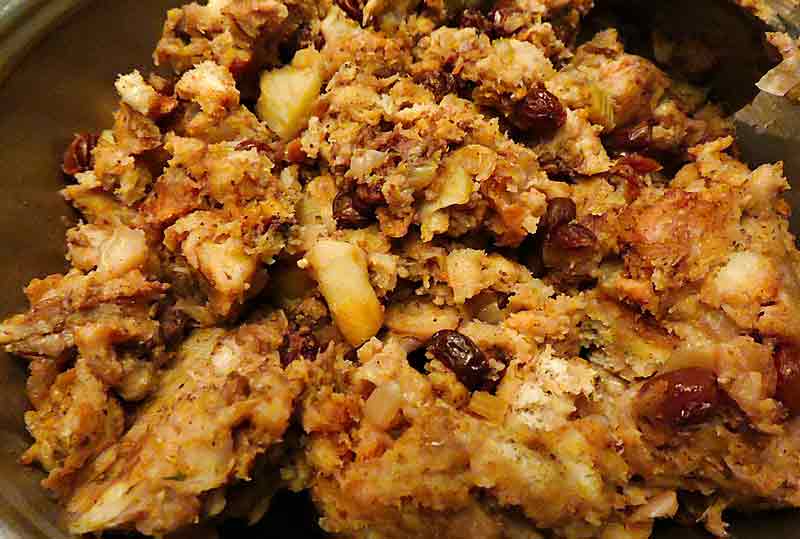
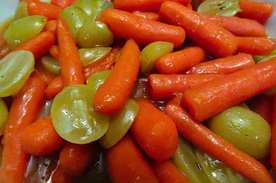
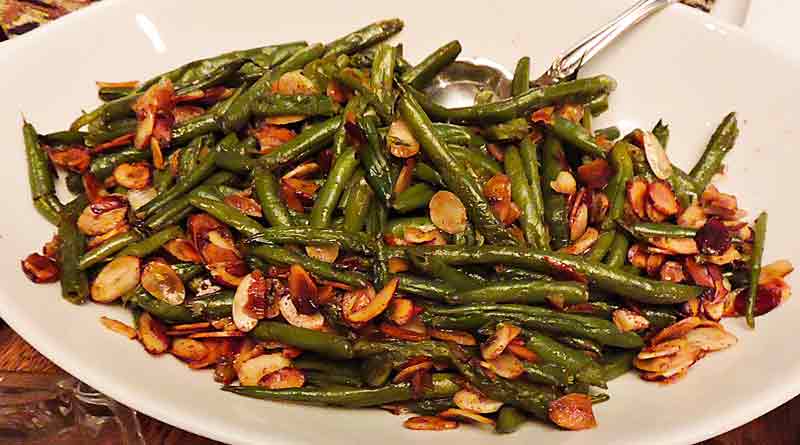
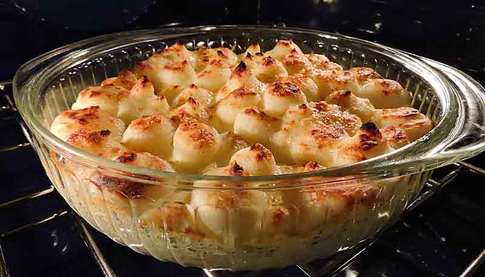
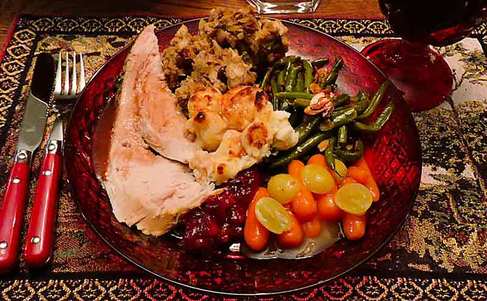
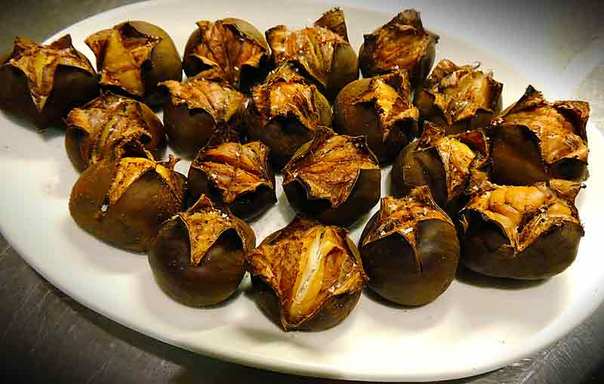
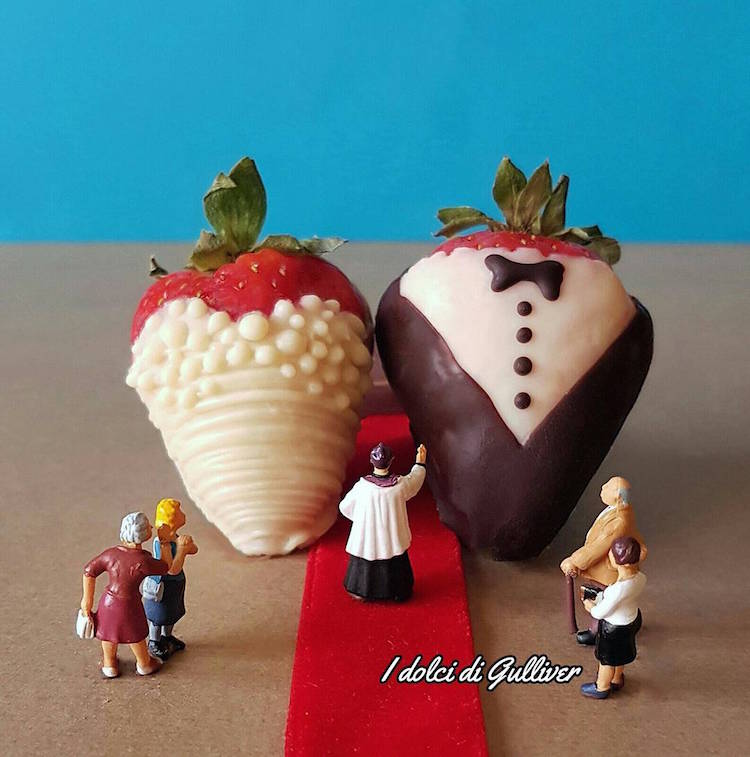
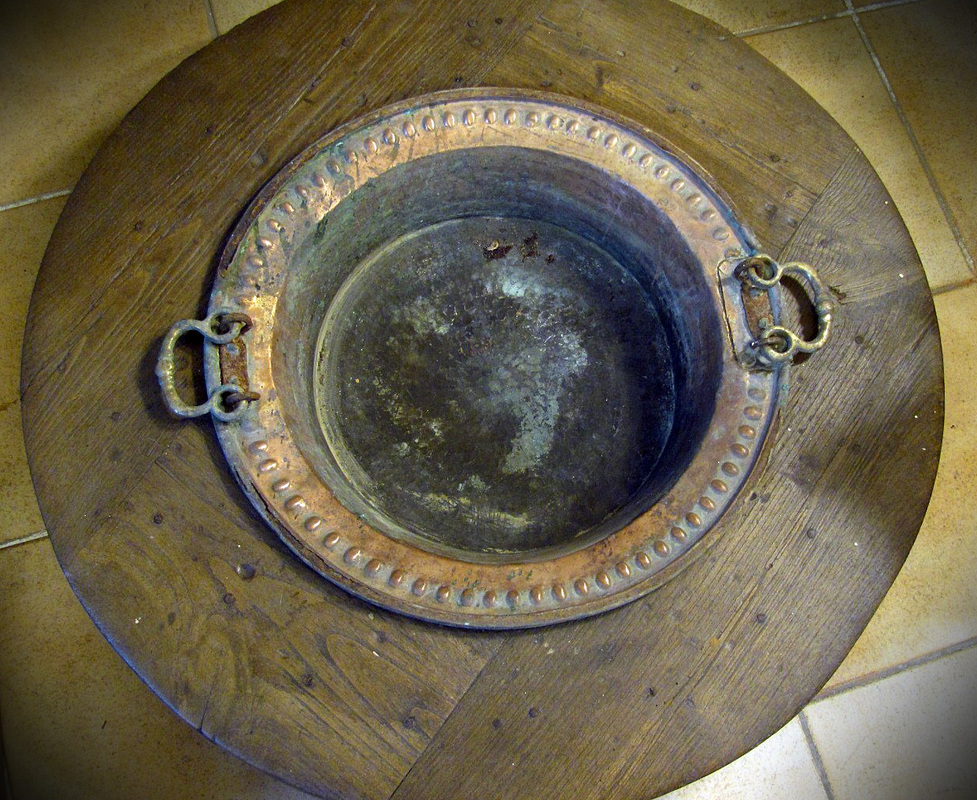
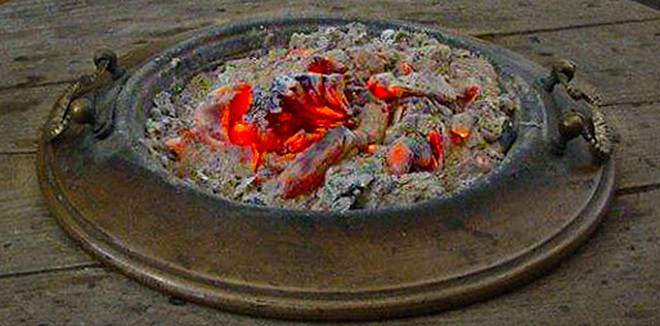
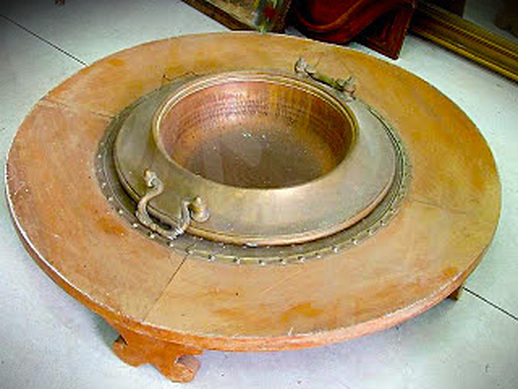
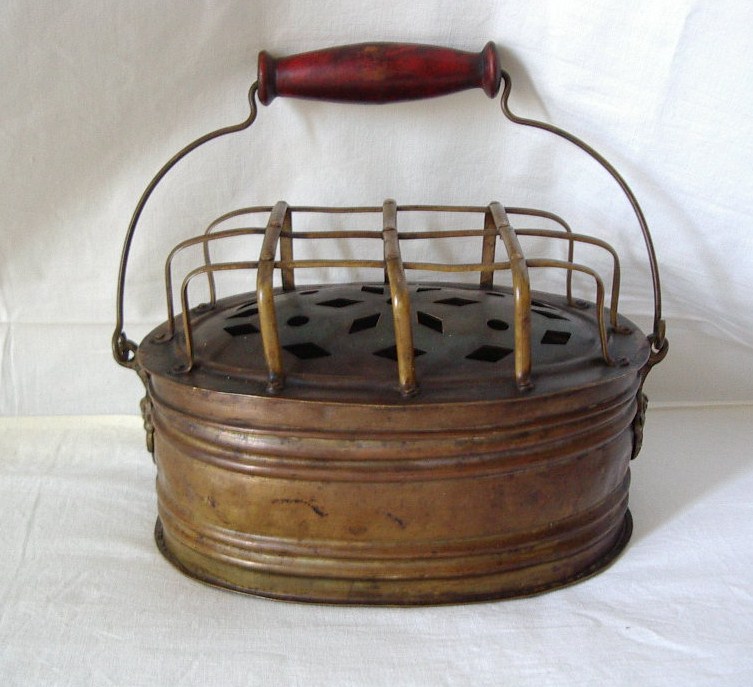
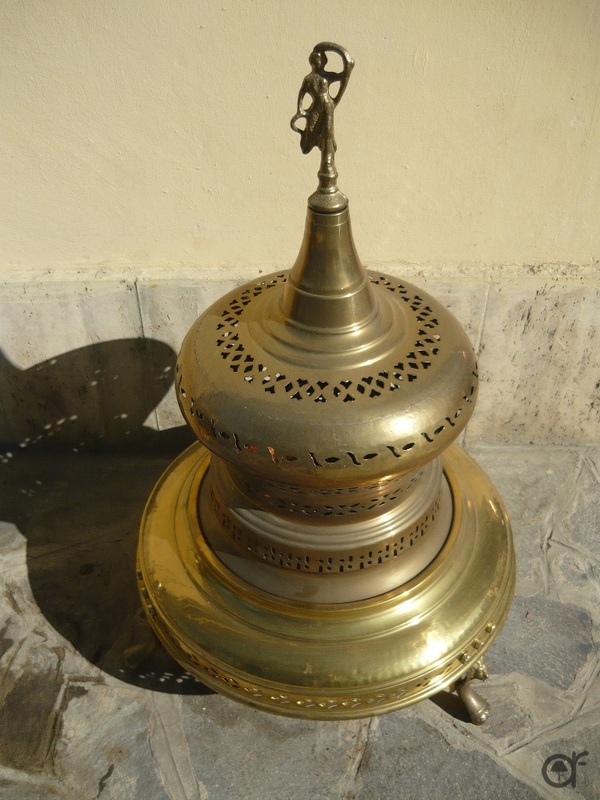
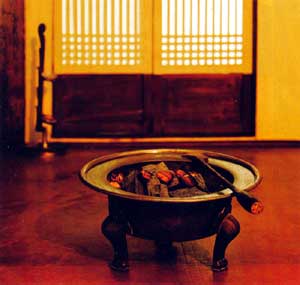
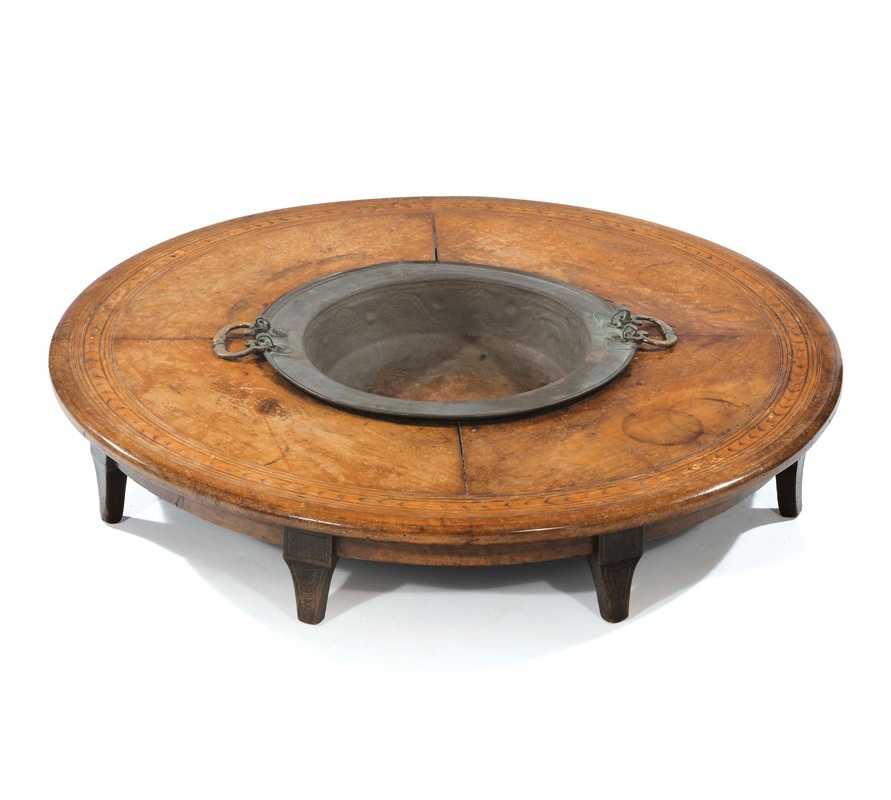
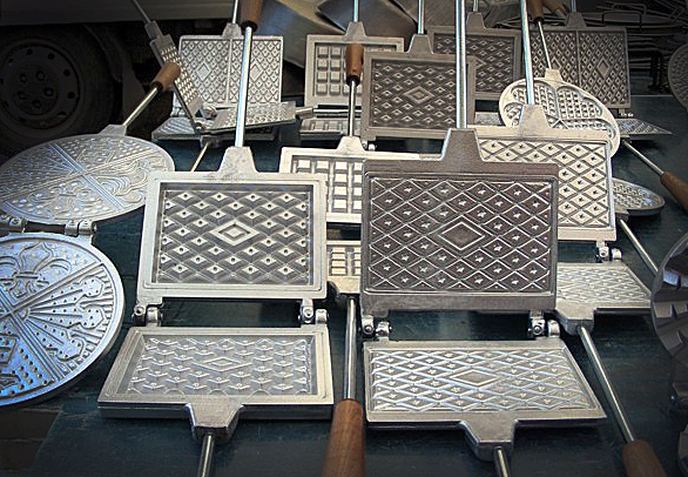
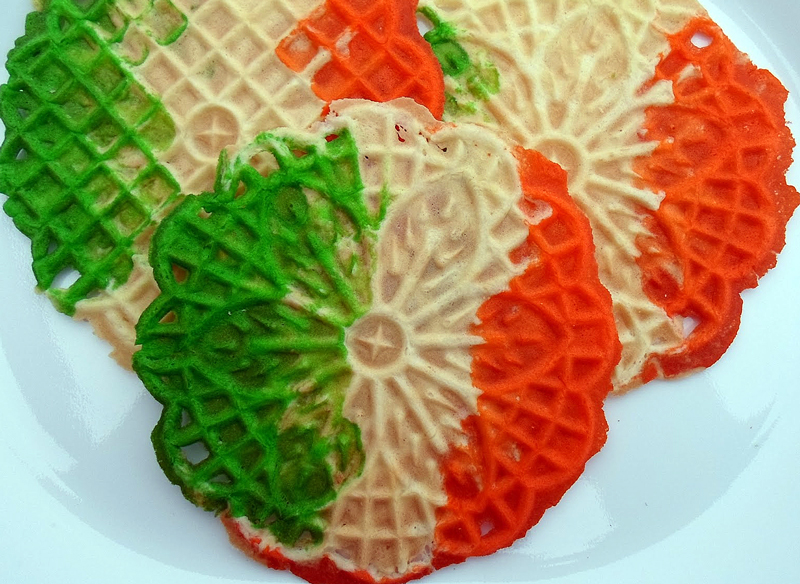
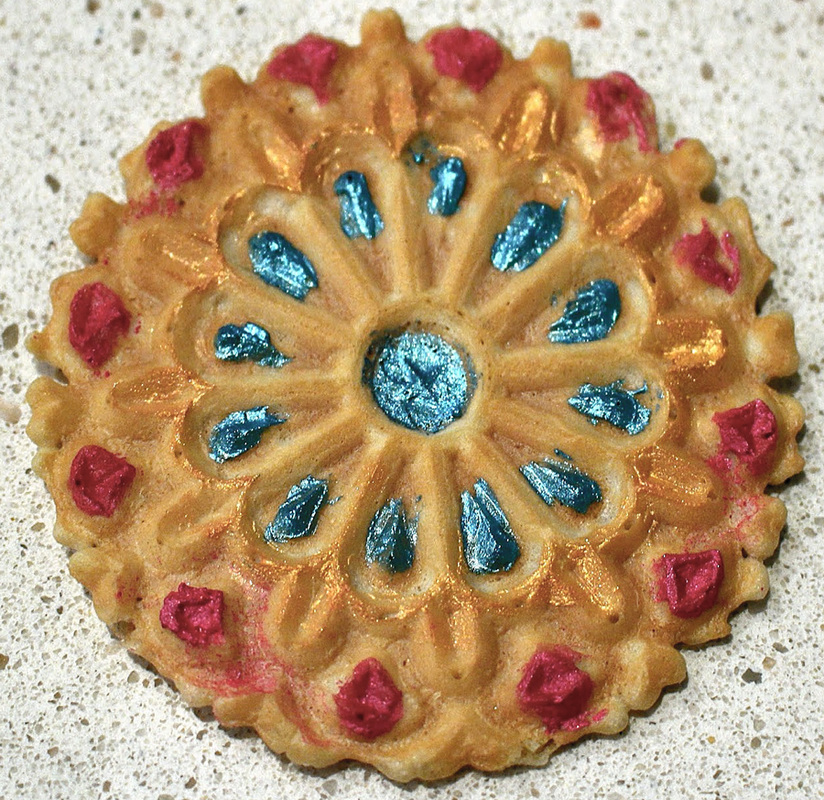
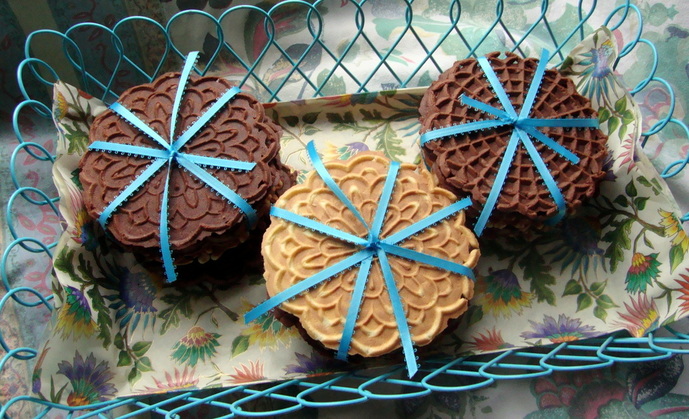
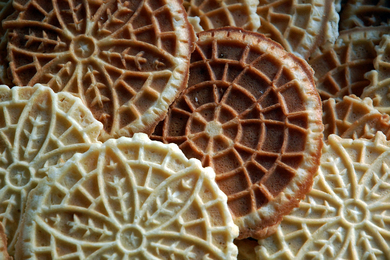
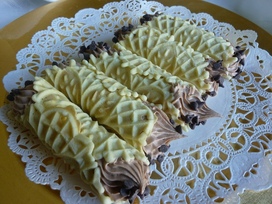
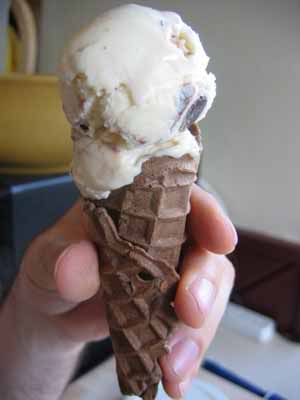









 RSS Feed
RSS Feed
